The theme for Vacheron Constantin's 270th Anniversary this year has been "The Quest – A defining journey shaped by creativity, passion, and the pursuit of perfection," the brand has said. But questing toward what? The re-release of an icon in the 222? The most complicated wristwatch in the world? Today, our answer has been revealed, and it's something else entirely.
La Quête du Temps – 'The Quest of Time' – is a highly complicated automaton clock and the culmination of seven years of development between watchmakers, artisans, world-famous automatier François Junod, casemakers at L’Épée, engineers, and astronomers. It's also accompanied by a 20-piece limited edition wristwatch called the "Métiers d'Art Tribute to The Quest of Time," which we are covering in a separate story here. This piece features four patent applications and a new movement.
Thanks in part to Vacheron Constantin's three-year-old partnership with the world-famous Musée du Louvre in Paris, the Louvre has extended the unusual and noteworthy opportunity for the brand to display La Quête du Temps as the centerpiece of a new exhibit on mechanical art, opening tomorrow, called Mécaniques d'Art. The auspicious chance is rare, as the Louvre largely only displays artwork from prior to the mid-19th Century or, at the latest (and rarely), the early 20th Century. Objects from the 21st Century are rarely seen on display.
The clock will be on display alongside ten works from the Louvre's permanent collection dating back to 332 BC, including Pendule La Création du Monde, an astronomical clock presented to Louis XV in 1754, which was restored with the support of Vacheron Constantin in 2016. The inclusion of La Quête du Temps feels appropriate, as the clock seamlessly blends mechanical art and timekeeping in a manner rarely seen.
Automatons and clocks are still rare birds from major manufacturers. Van Cleef & Arpels has established a horological reputation for itself, in part due to its automaton watches and clocks. Patek Philippe recently made a complicated desk clock inspired by a vintage example made by James Ward Packard. Reuge makes automaton music boxes, and Parmigiani Fleurier created the Objet d'Art "Tempus Fugit" Automaton Clock last year. However, I can't recall a recent example that combines all of the above and does so to such an extreme.
Not a complaint, but rather to their credit, Vacheron Constantin continues to release some of the most challenging timepieces to convey in a text story. My first foray into covering the high complication blend of Les Cabinotier and Métiers d'Art work was last year's release of the Berkley Grand Complication, the most complicated watch in the world. Then, earlier this year, came the Solaria, the most complicated wristwatch in the world.
These were somewhat easy to comprehend, by comparison, as they adhere to many of the same watchmaking "rules" we are familiar with. You can easily tell the time and start digging into each complication individually. Yet, La Quête du Temps doesn't play by the rules—it reinterprets the telling of time in a blend of classic-meets-avant-garde. The technical specifications alone (not counting patent applications) are six full pages long.
Luckily, my colleague TanTan had a unique experience of seeing Le Quête du Temps in person a few months ago, not behind glass but fully immersed in the experience. He has a wide variety of exclusive pictures and insights into the creation of the clock with automaton, including its technical aspects and his personal experience with it. That story will be forthcoming, so for now, I'll give you a (relatively) brief overview of the technicality and artistry. Let's dive in.
The Caliber and Complications
The caliber 9270 and its complications seem like the logical place to start. The clock is composed of three distinct parts: the dome, the astronomical clock, and the base. The complex pieces are interconnected, and the base contains the mechanism that drives the automaton's movement and creates the music that plays during the animation. The three parts are linked by a system that facilitates the transmission of civil time information from the clock to the automaton through the lateral movement of a system carrying cams. The time is recorded as a stored bit of information, then carried to the automaton.
Starting at the top, the first thing to know about the automaton is that it has a name, Astronomer, who sits beneath a glass dome decorated with a celestial vault and a golden sun. Inside the dome, a three-dimensional retrograde moon is set on a flat, semi-circular plane in front of him, with day and night indications shown at his feet. The celestial vault features constellations positioned as they would have appeared in the sky above Geneva on the day Vacheron Constantin was founded: September 17, 1755. There are other small, interesting Easter eggs about the night's sky that date, but we'll have to leave something to be discovered later.
Floating to each side of the Astronomer are scales showing the hours (in Roman numerals) and minutes (in Arabic numerals). But instead of being arranged in sequential order, they are random. While I won't go in-depth into the sequences of the automaton, there are three, with a "music machine" featuring custom melodies developed for Vacheron, and lasting a total of one and a half minutes. In addition to some incredible robotic gestures, glancing at the stars and gesturing toward the constellations, the automaton does, in fact, tell the time. The third sequence causes Astronomer to gesture at the correct time, despite the random location of the numbers. In fact, due to the randomness, it should always change its gesture slightly between activations.
Then there's the double-sided clock, powered by the custom-designed caliber 9270 movement. Of course, the movement is manually wound (no need to try to lift the 3.5-foot-tall, 550-pound clock to shake a rotor), and it features a 15-day power reserve displayed with double retrograde indications on the front. Among the 25 complications, there are the retrograde hours and minutes, Gregorian perpetual calendar, indications of sunrise and sunset for the latitude of Geneva, seasons, Zodiac, and the aforementioned precision moon phase display, which can run for 110 years without correction.
A clock like this requires a lot of power to run, especially for 15 days, so it has five barrels, plus another driving the retrograde moon function which has a sort of "flyback system." The central clock comprises a total of 2,370 components, including 148 jewels. The watch features a tourbillon with an 18.8mm balance wheel, held within a Maltese cross-designed tourbillon cage that measures 28mm. If the tourbillon isn't large enough to catch your attention, there's a "cyclops" magnifying the cage (surrounded by a circle of baguette-cut diamonds).
Then there's the base, which was the playground of the master automatier François Junod, who worked with Vacheron Constantin on the L'Esprit des Cabinotiers, a “secret” clock co-created to celebrate the Maison's 250th anniversary in 2005. The base drives the automaton, and the movement features a single large barrel, wound by hand using a handle. That barrel powers one revolving carousel, which features three shafts carrying cams that animate the automaton. The music machine has two instruments — a metallophone and four wah-wah tubes — totaling 534 of the 3,923 components in the base. It also has a mechanical memory so that you can program the activation of the automaton up to 24 hours in advance. Due to the immense power required to move the figure, the automaton can only run three times per wind. When the clock is fully wound, a chime dings and a clutch disengages the winding shaft so it can't be over-wound.
The Artistic Craftsmanship
The horological craft behind the watch is only one part of the mastery shown here. The decoration of the clock is the other. Vacheron Constantin has drawn inspiration from the traditional La Fabrique specialist workshop environment of the 18th and 19th centuries, where the finest craftsmen of their time collaborated to create exceptional objects. In an era where consumers demand "in-house" manufacturing without understanding why that's not always the best model, Vacheron has chosen to return to its roots.
With that in mind, in addition to the work from their own craftspeople, the case was made in collaboration with L'Epée. As an aside, L'Epée was recently purchased by LVMH, indicating an interesting collaboration between Richemont and LVMH, something that L'Epée promised would still be the case. Their skills are there to benefit the industry at large, not just one group, they told me earlier this year.
First, as you see above, there is the use of guillochage on various subdials, high-relief engraving, and taille douce etching (etching emphasized by acid), miniature painting on glass for the dome (and other parts), and grand feu enamel. There's also the gem-setting around the aperture of the tourbillon. Then there's the creation of Astronomer, the automaton figure. After being sculpted in wax and then again in a larger wax figure, Astronomer was cast in bronze in eight sections to allow articulation, then decorated by the aforementioned taille douce etching to reflect the stars on the body of the automaton. The stars are further set in 122 brilliant-cut diamonds.
Rock crystal plays an outsized role in the decoration. Temperamental and fragile, Vacheron still covered almost the entire clock in rock crystal (at least the parts not covered in some other material). There are four layers of mirrored rock crystal on the front dial of the watch, and many of the other parts of the stainless-steel superstructure are covered with this rock crystal, which has a naturally patinated tone. The base of the clock is set with lapis lazuli and quartzite, decorated with a geometric motif that begins with the sun at the front and ends with a moon at the back. Inside that lapis lazuli is a depiction of the solar system, with cabochons of ornamental hard stones used to represent the planets. Finally, the names of the planets are shown in mother-of-pearl inlays.
Despite the length of the story, we've barely even scratched the surface of the complex decoration and watchmaking in this clock. As there are essentially two movements (powering the clock and automaton, plus a linkage between the two), I've only focused on the clock specifications below. TanTan will cover the rest, providing a more in-depth take on the experience of being in such close proximity to the clock, without glass between them, for over an hour. With a clock/automaton/piece of art this complex, there's plenty more to talk about.
The Basics
Brand: Vacheron Constantin
Model: La Quête du Temps
Diameter: 503mm (1 foot 7.8 inches)
Height: 1070mm (3 feet 6 inches)
Case Material and Decoration: Base frame in stainless steel with stainless steel plinth with matte anthracite coating, covered in marquetry of rock crystal with inclusions. Cabinet for the automaton in stainless steel with rock crystal marquetry, decorative elements in rock crystal, quartzite, and lapis lazuli. Names of planets in mother-of-pearl marquetry. Connection between base and clock in steel, gilded in 18k 3N rose gold.
Octagonal Plint With Automaton Alarm: Sides in marquetry of rock crystal with inclusions. Top in marquetry of lapis lazuli; cabochons of silver, obsidian, grey agate, azurite, and red jasper. Names of the planets in mother-of-pearl marquetry. Decorative 6-point stars in two colours of mother-of-pearl marquetry. Revolving 24-hour display in midnight blue lacquer. Applied hour numerals in 18k 3N gold.
Cabinet for Clock: Four columns in stainless steel, octagonal in shape and set with rock crystal marquetry. Flat top comprising eight sections of rock crystal under the feet of the 'Astronomer' automaton. Marquetry of tiger's eye for day and bull's eye for night. Central disc of mineral glass, transparent for the day and lacquered blue for the night.
The Clock Movement
Caliber: 9270
Functions: Twenty-five functions including retrograde hours and minutes, double-retrograde power reserve indicator, Gregorian perpetual calendar, indications of sunrise and sunset for the latitude of Geneva, tracking sidereal time via rotating celestial vault, seasons, Zodiac, precision moon-phase display (110 years without correction) via rotating three-dimensional moon with retrograde
function.
Diameter: 223mm
Thickness: 262mm
Power Reserve: 15 days
Winding: Manual; Winding of the automaton's barrel by a handle, the socket for which is located on the right of the base when viewed from the front.
Frequency: 18,000 vph
Jewels: 148
Chronometer Certified: No
Additional Details: 5 barrels driving the clock movement, 1 barrel driving the retrograde function of the moon; Balance wheel diameter of 18.8mm, including adjustment screws.
Pricing & Availability
Price: Not for sale
Availability: On display at Musée du Louvre in Paris, France, from September 17 to November 12, 2025.
Limited Edition: Pièce unique
For more on the Vacheron Constantin La Quête du Temps, click here. For more information on the Louvre exhibition "Mécaniques d'Art," visit the museum's website.
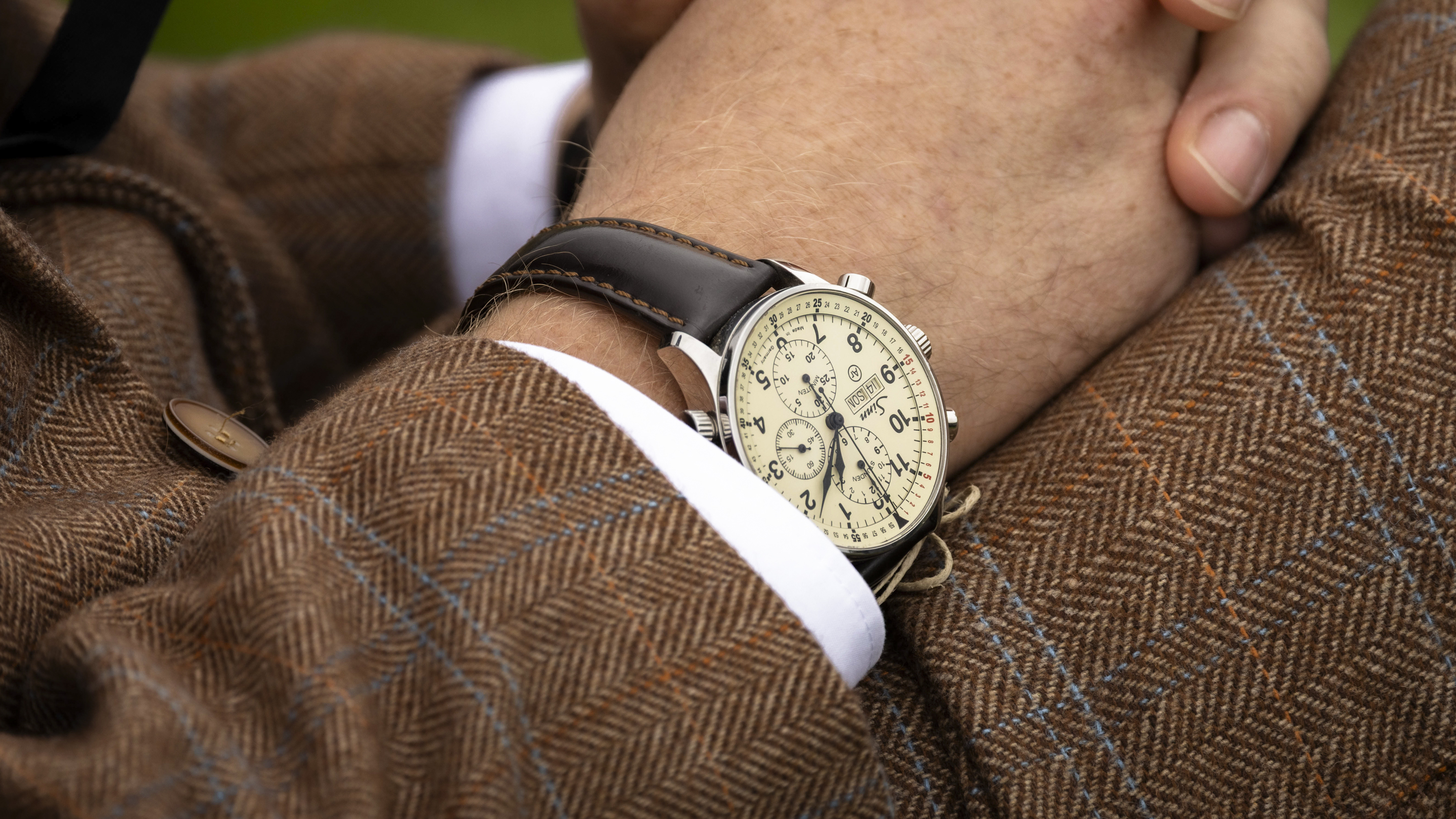
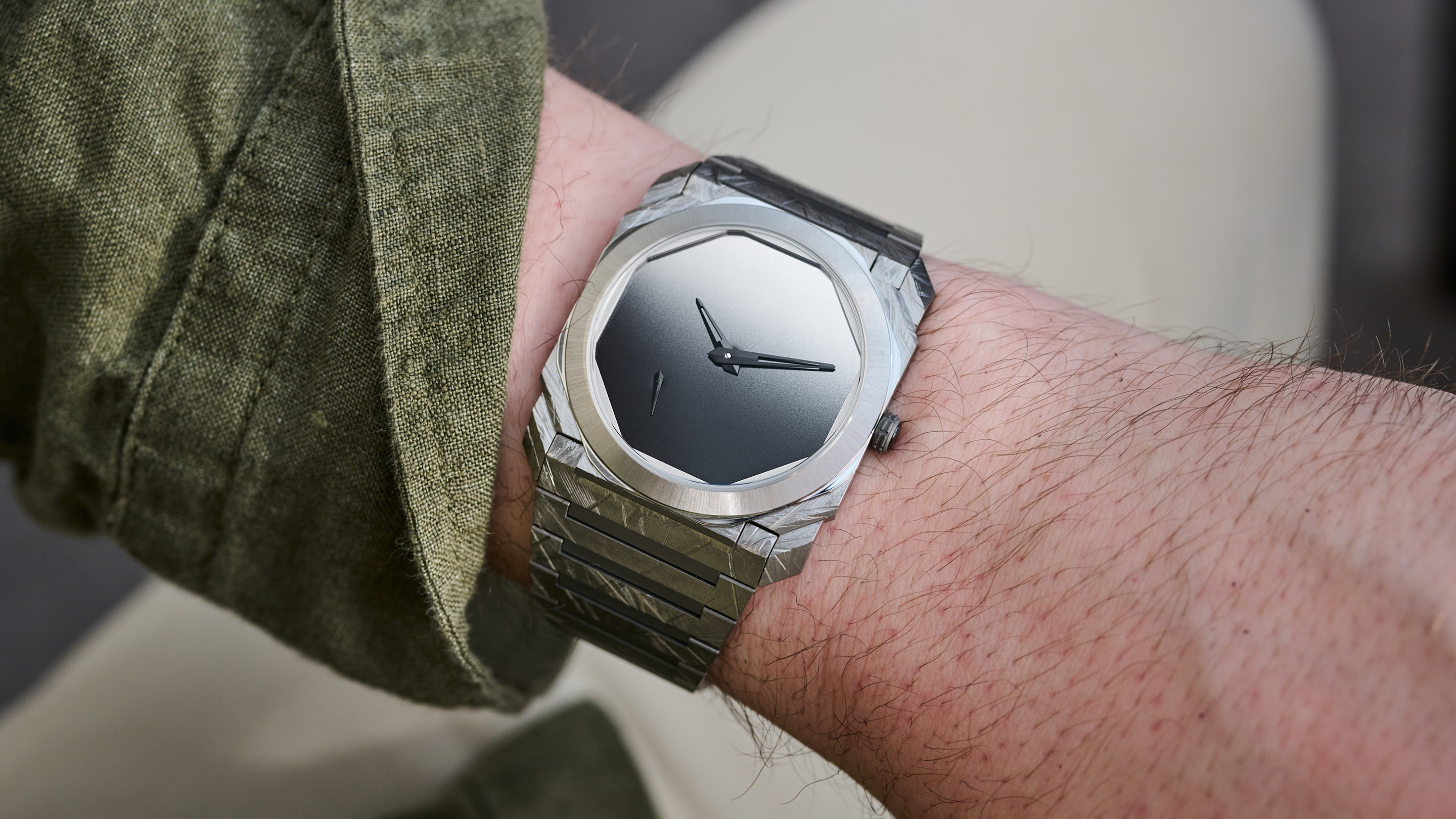
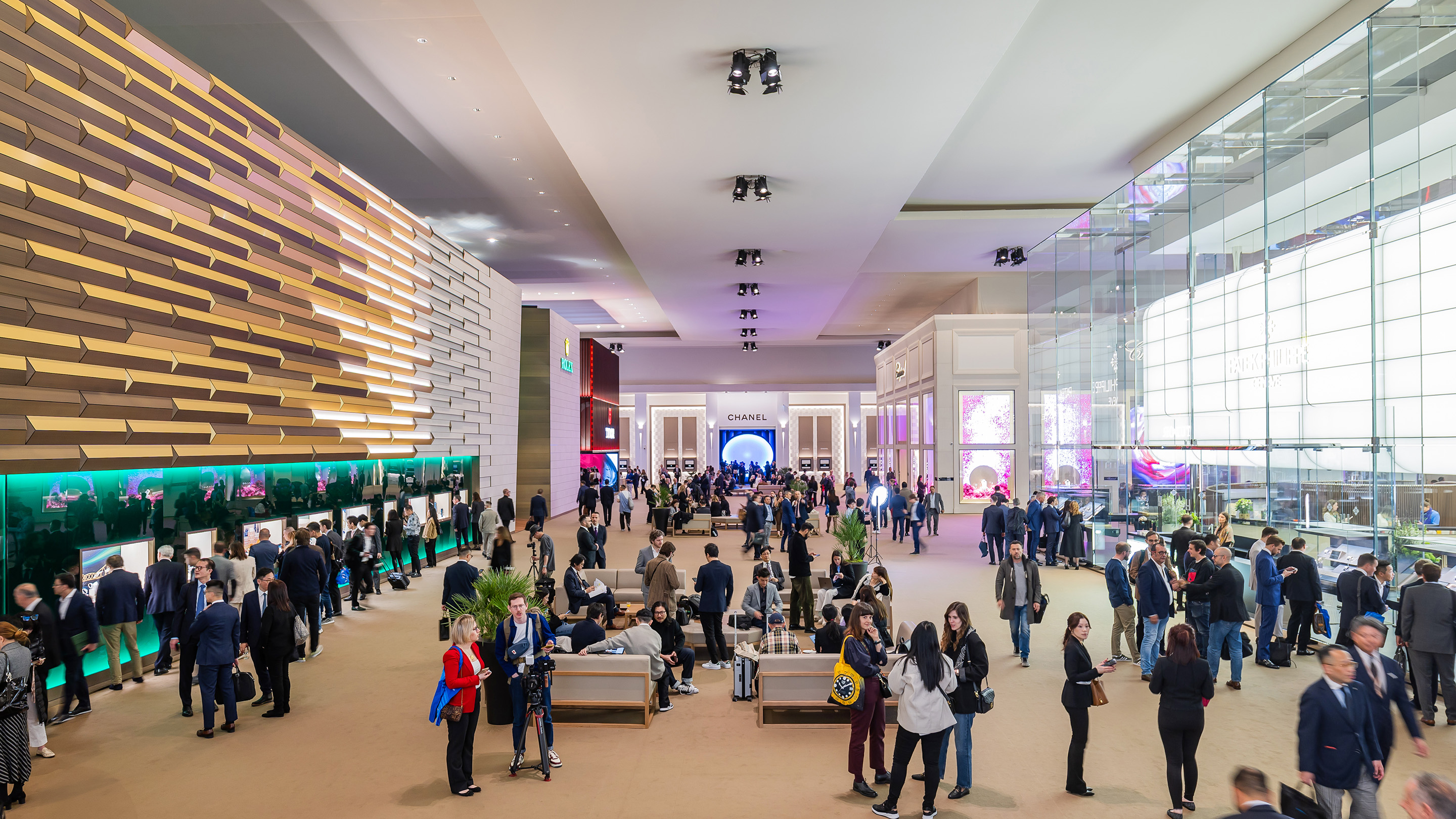
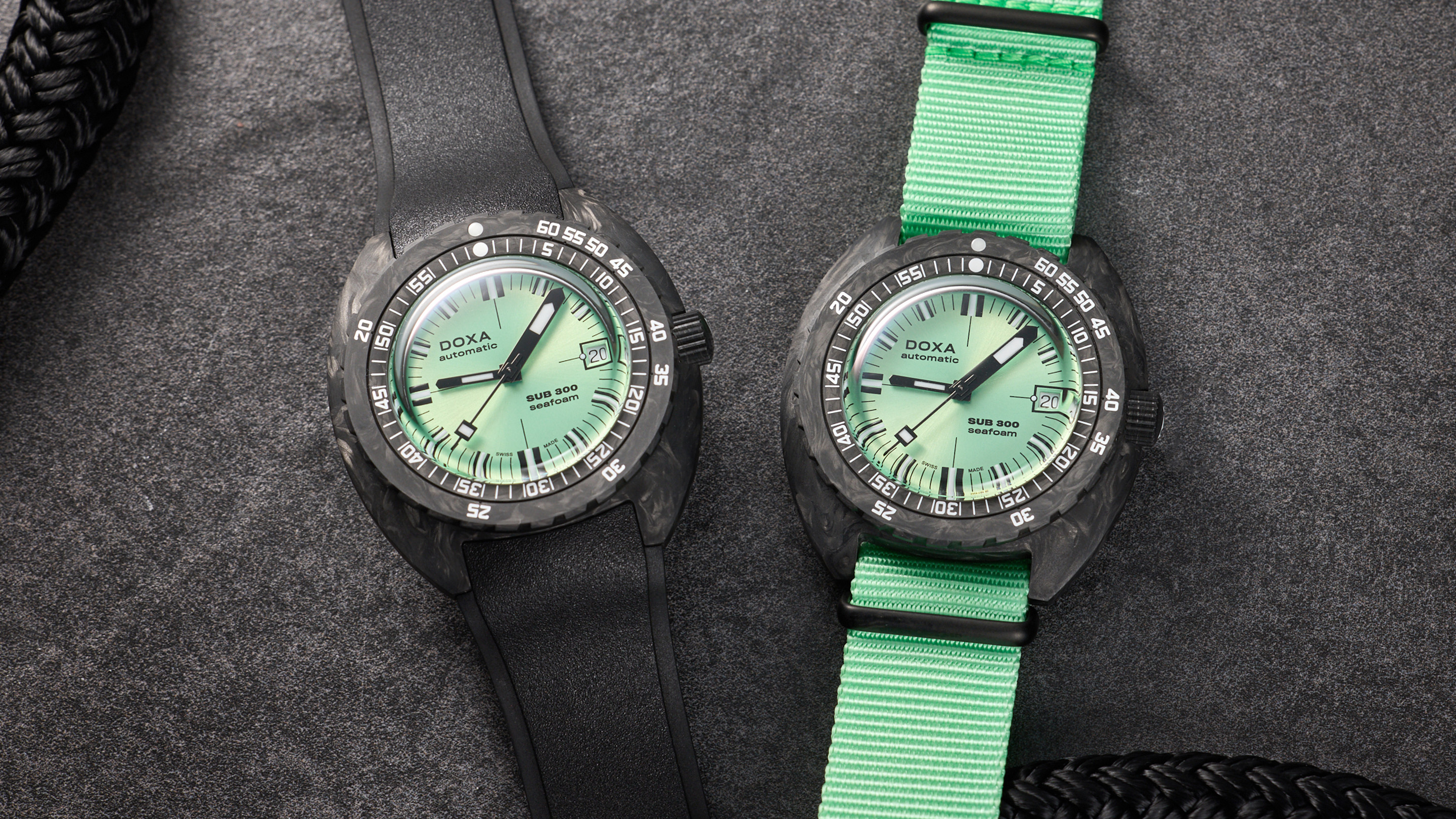


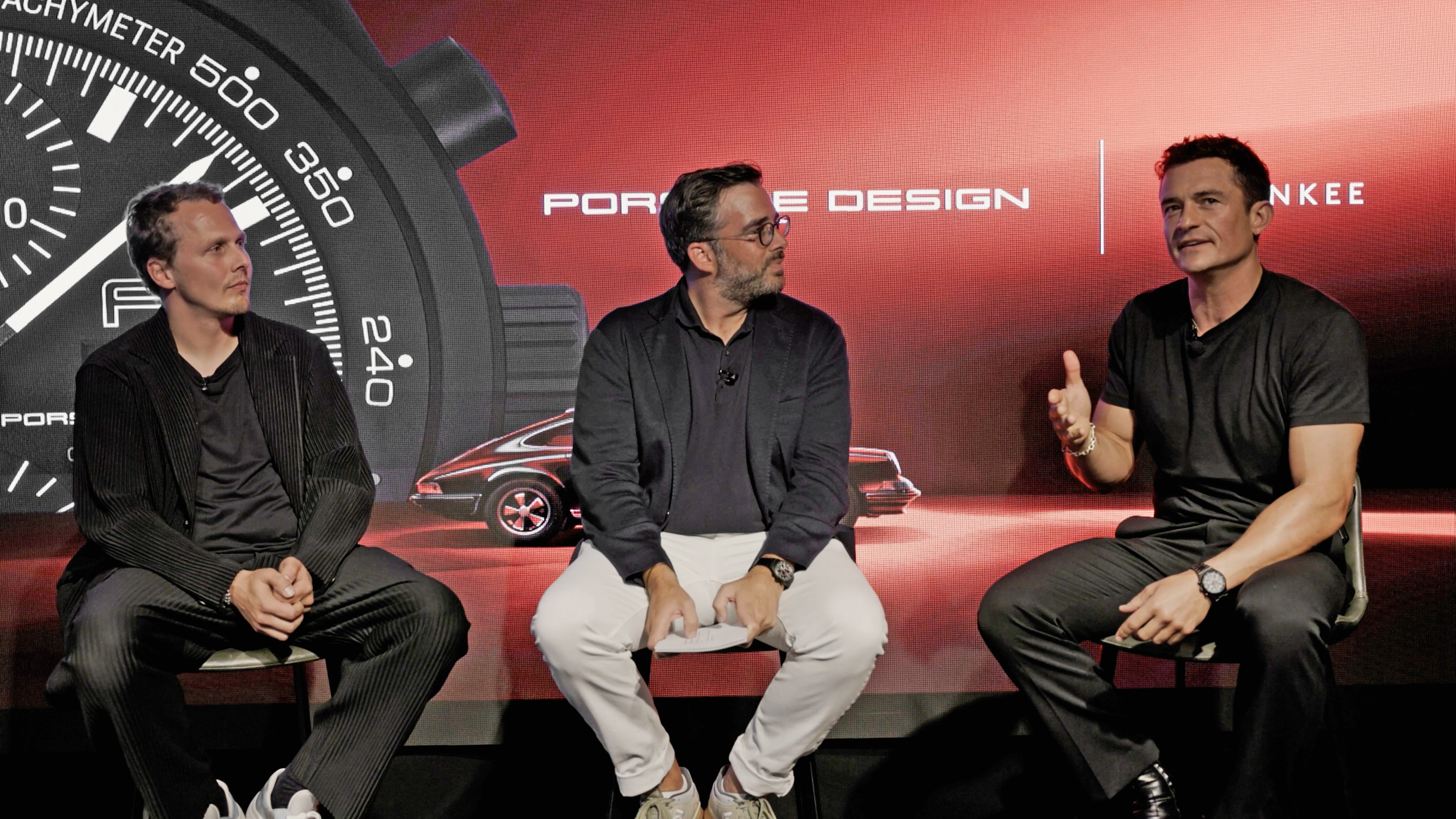
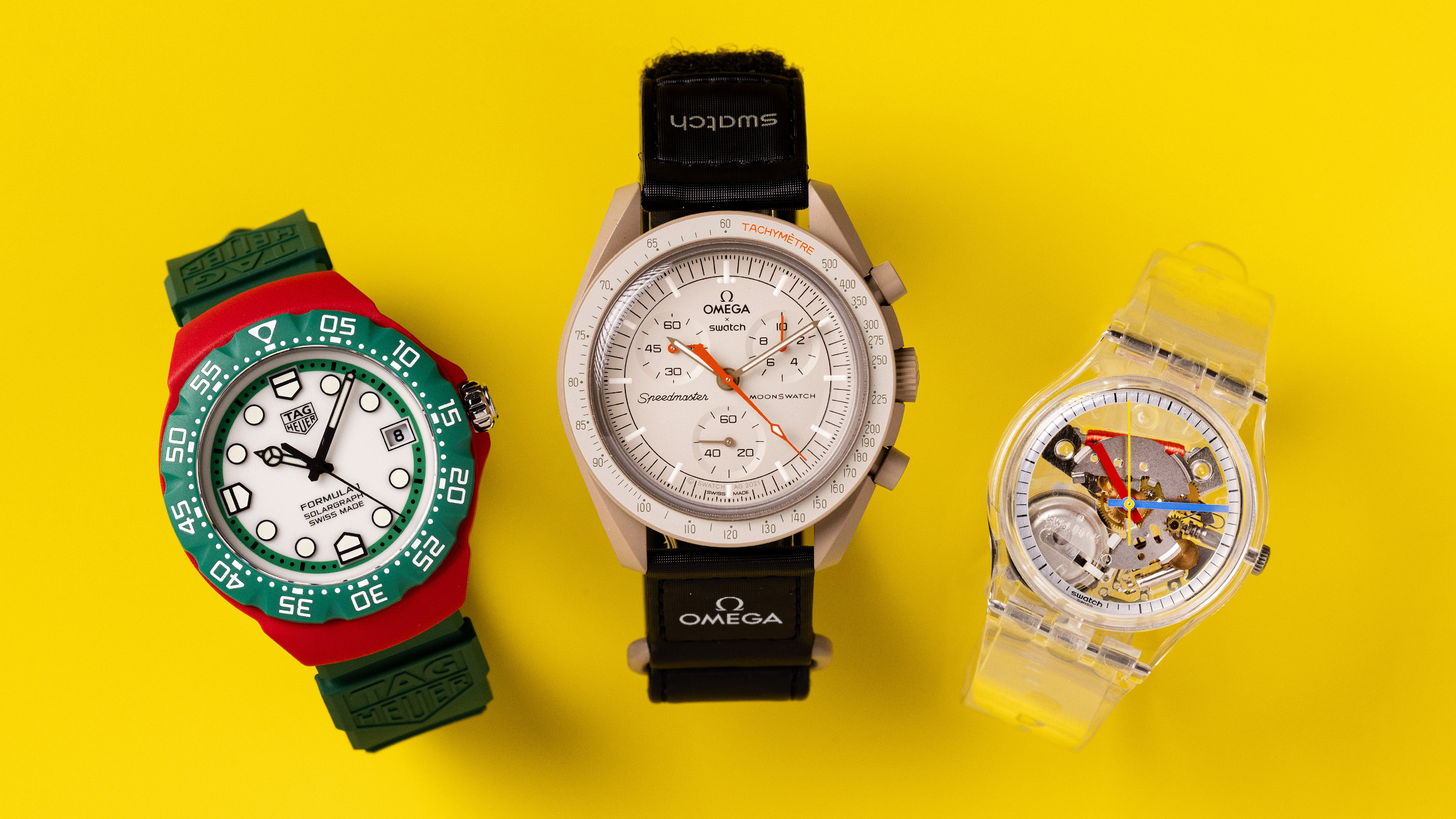
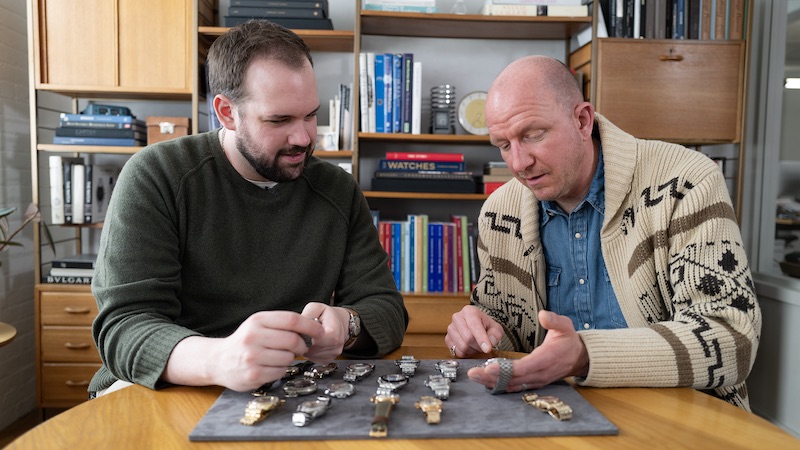

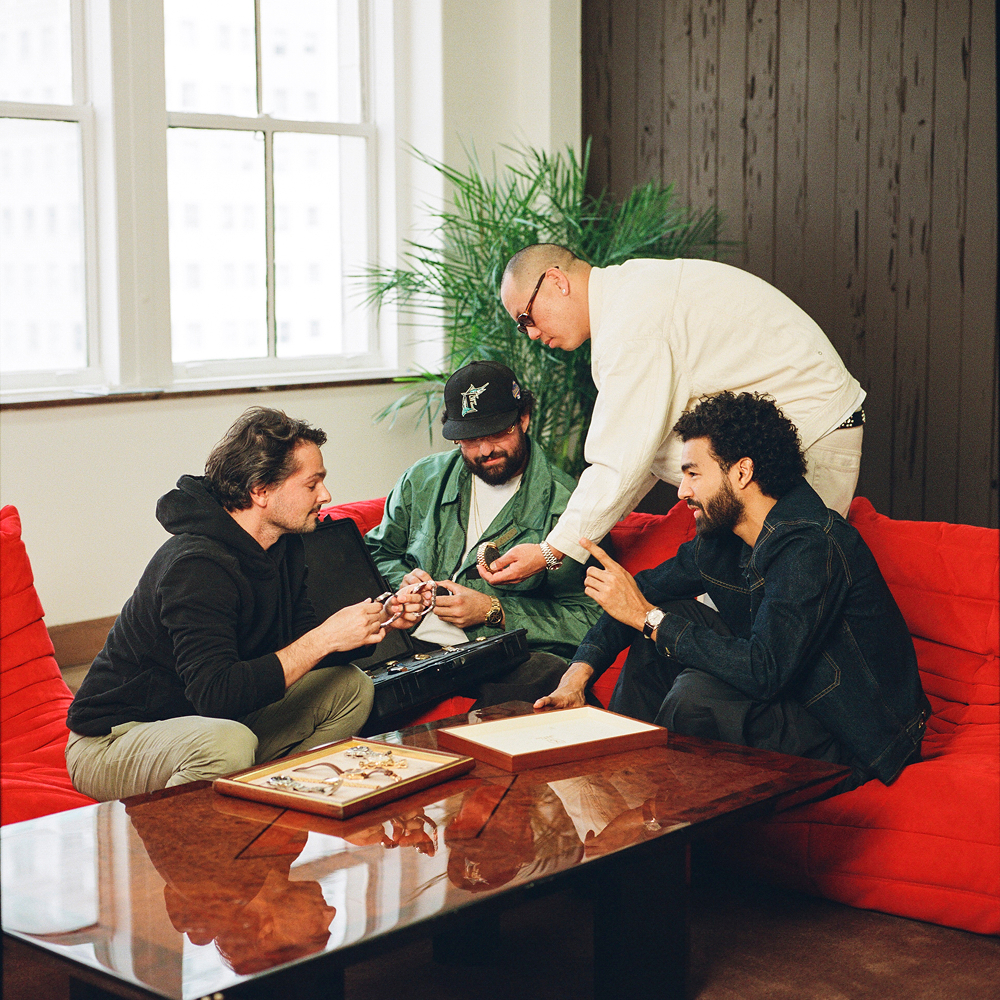
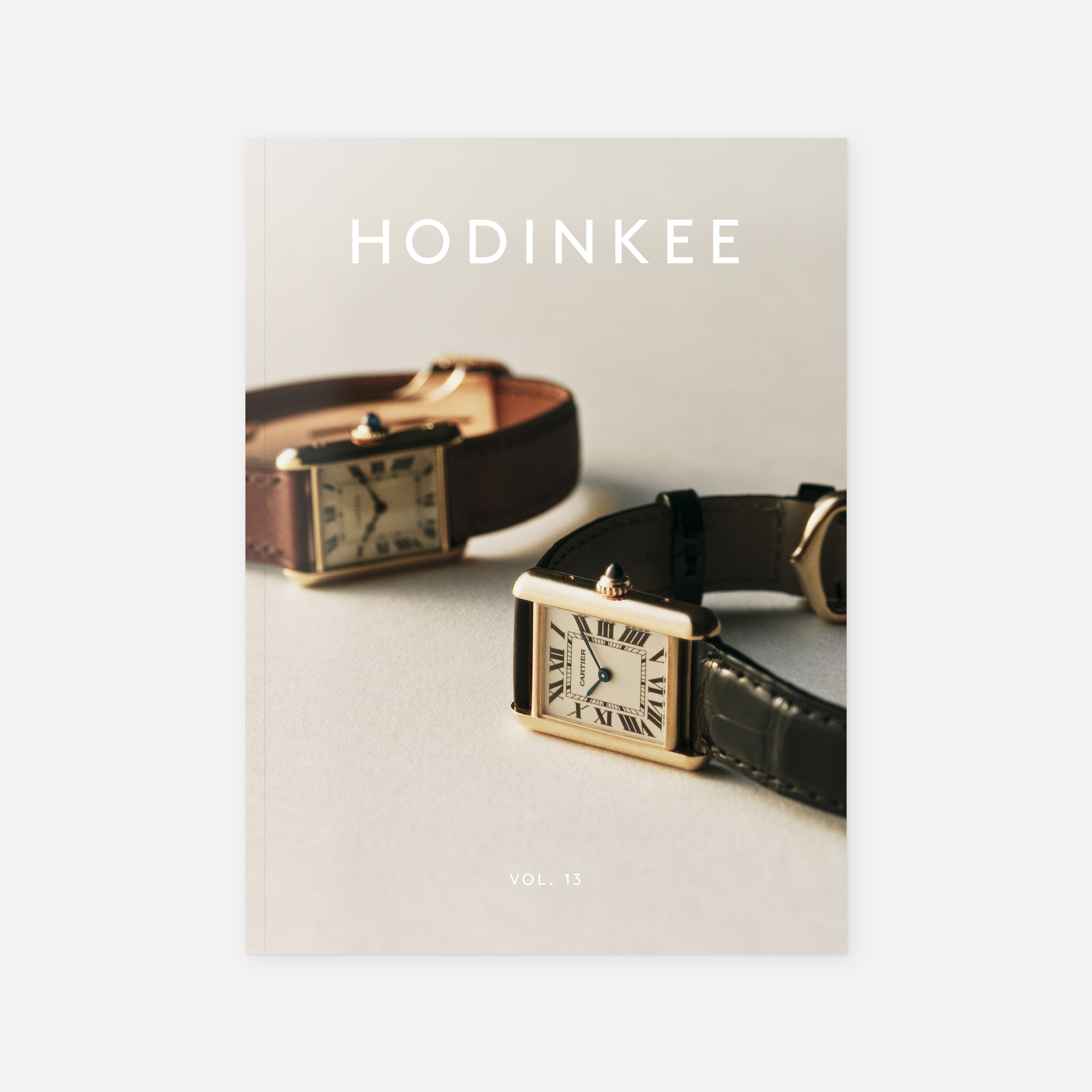

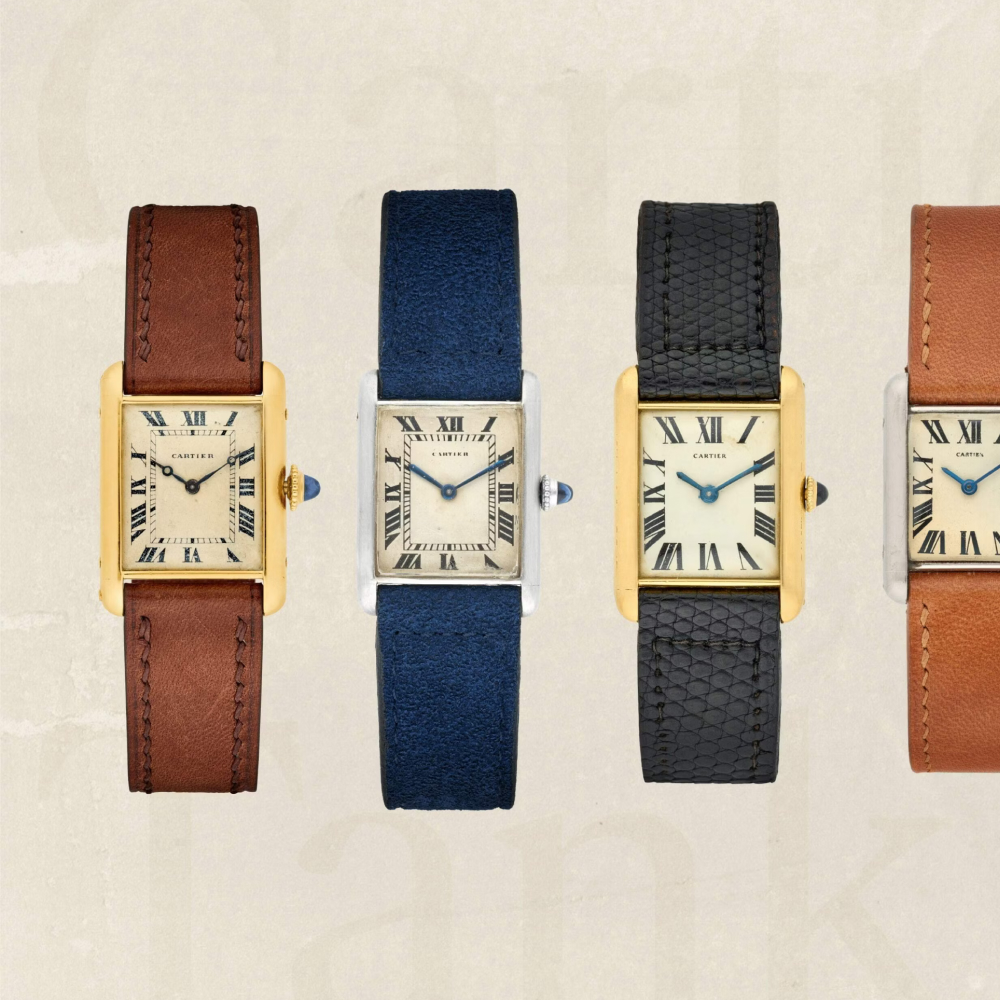








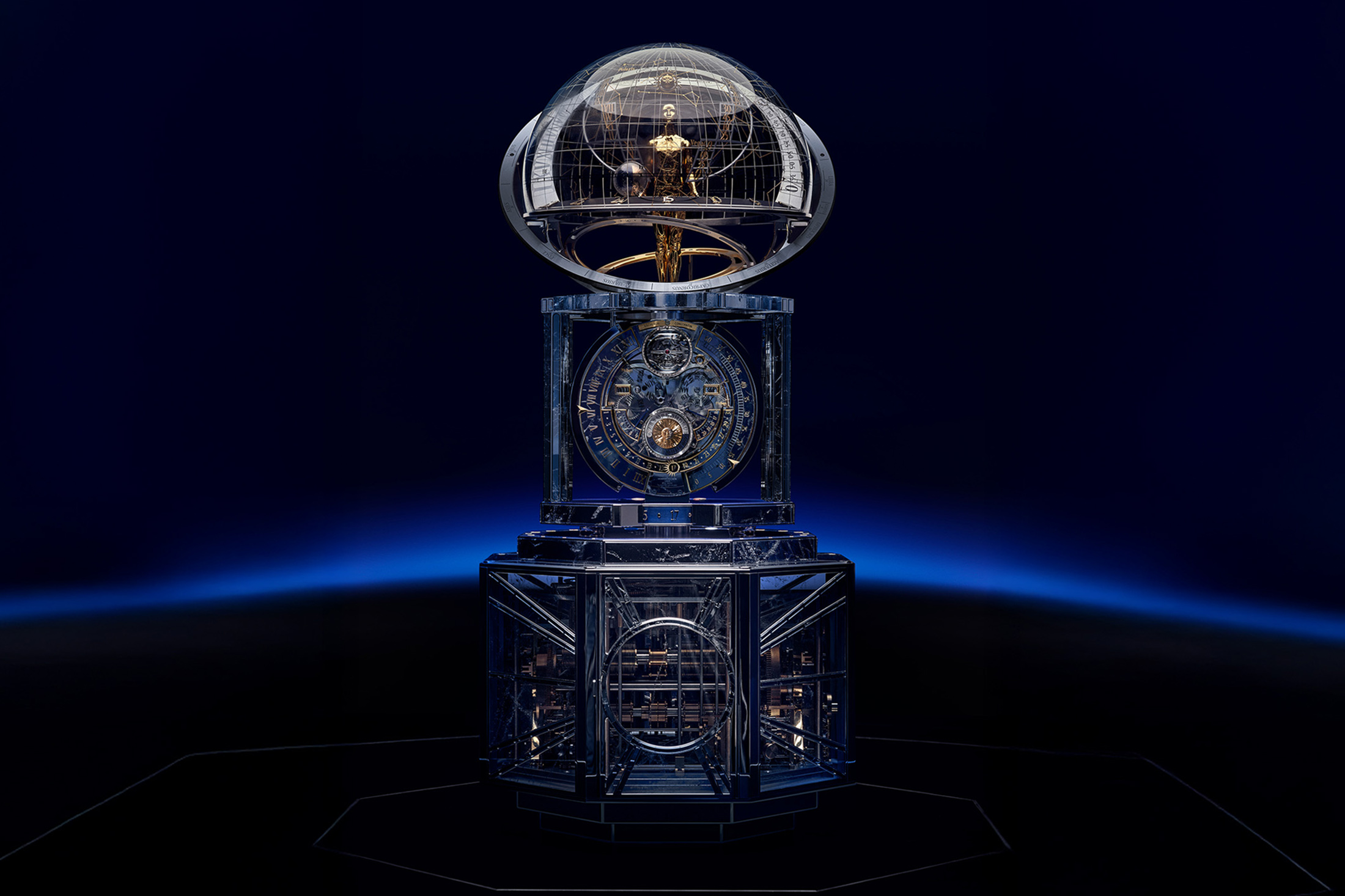
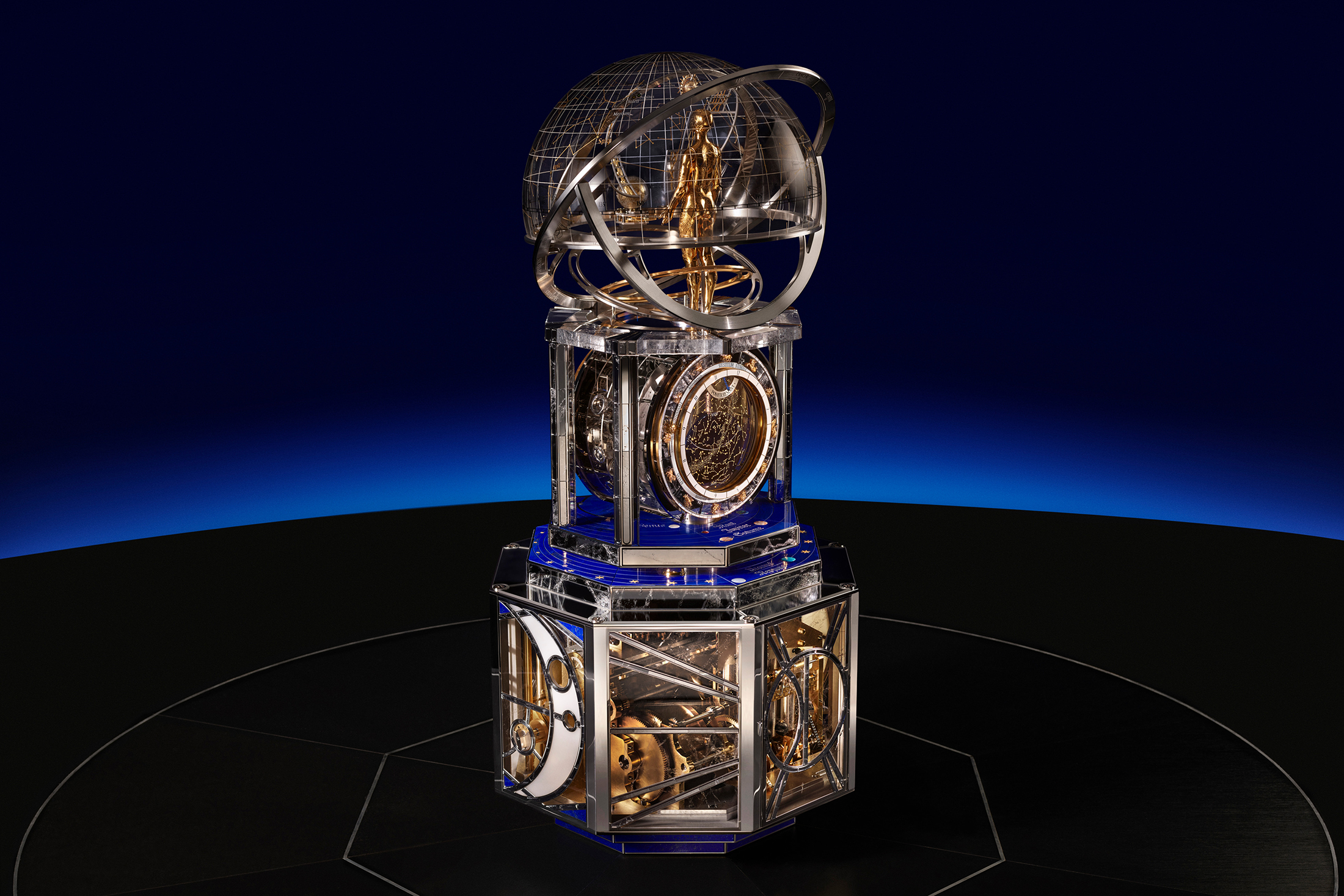
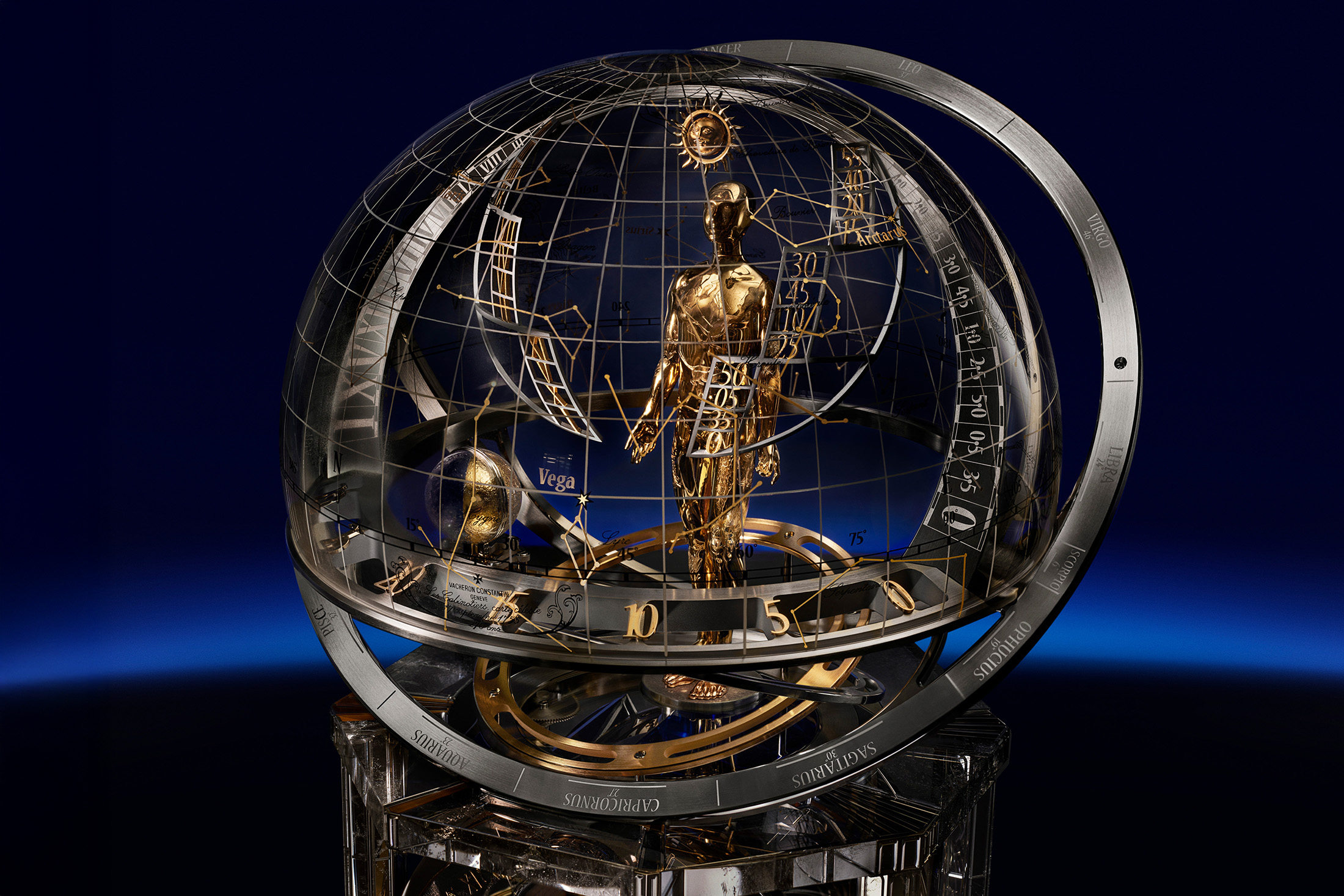
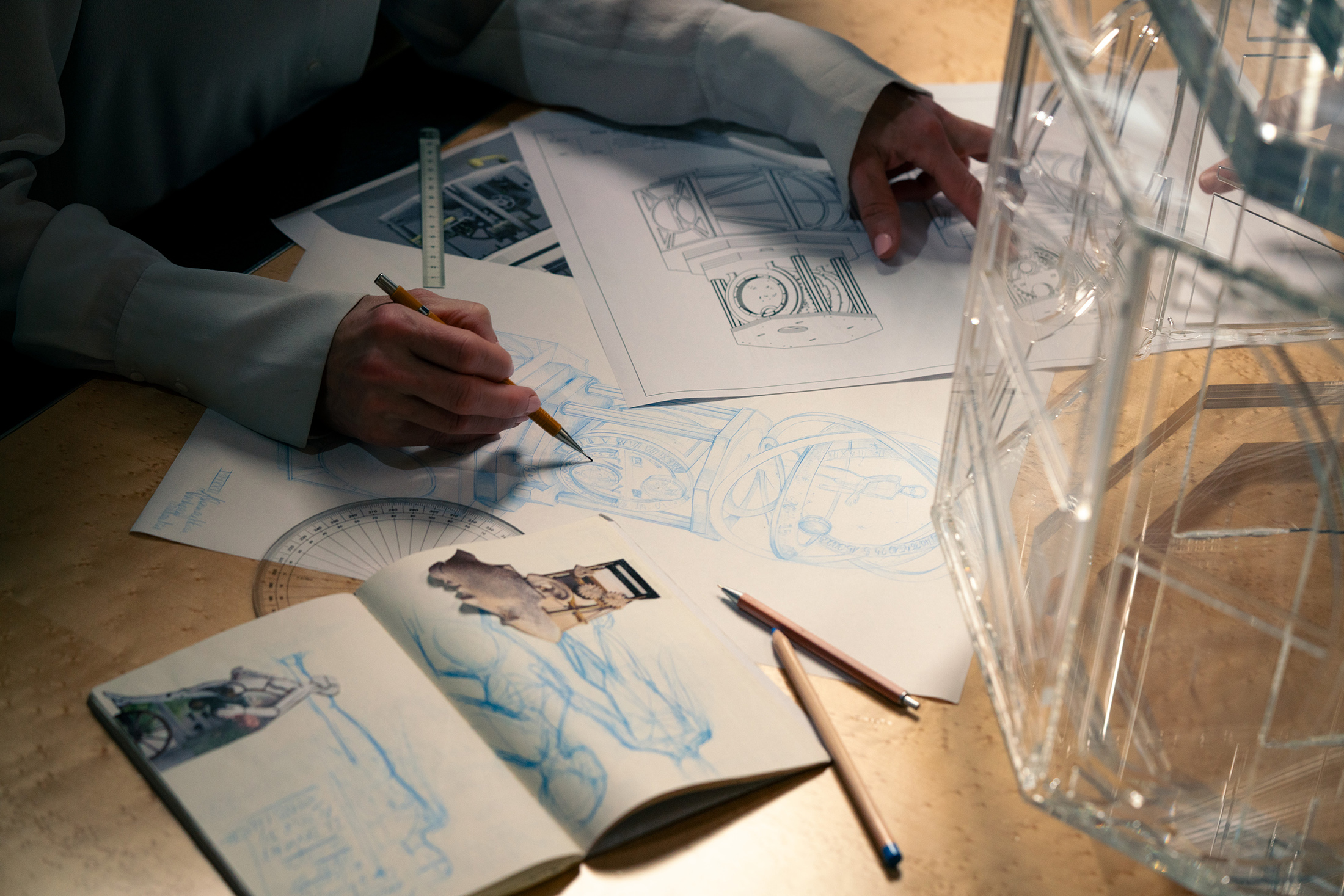


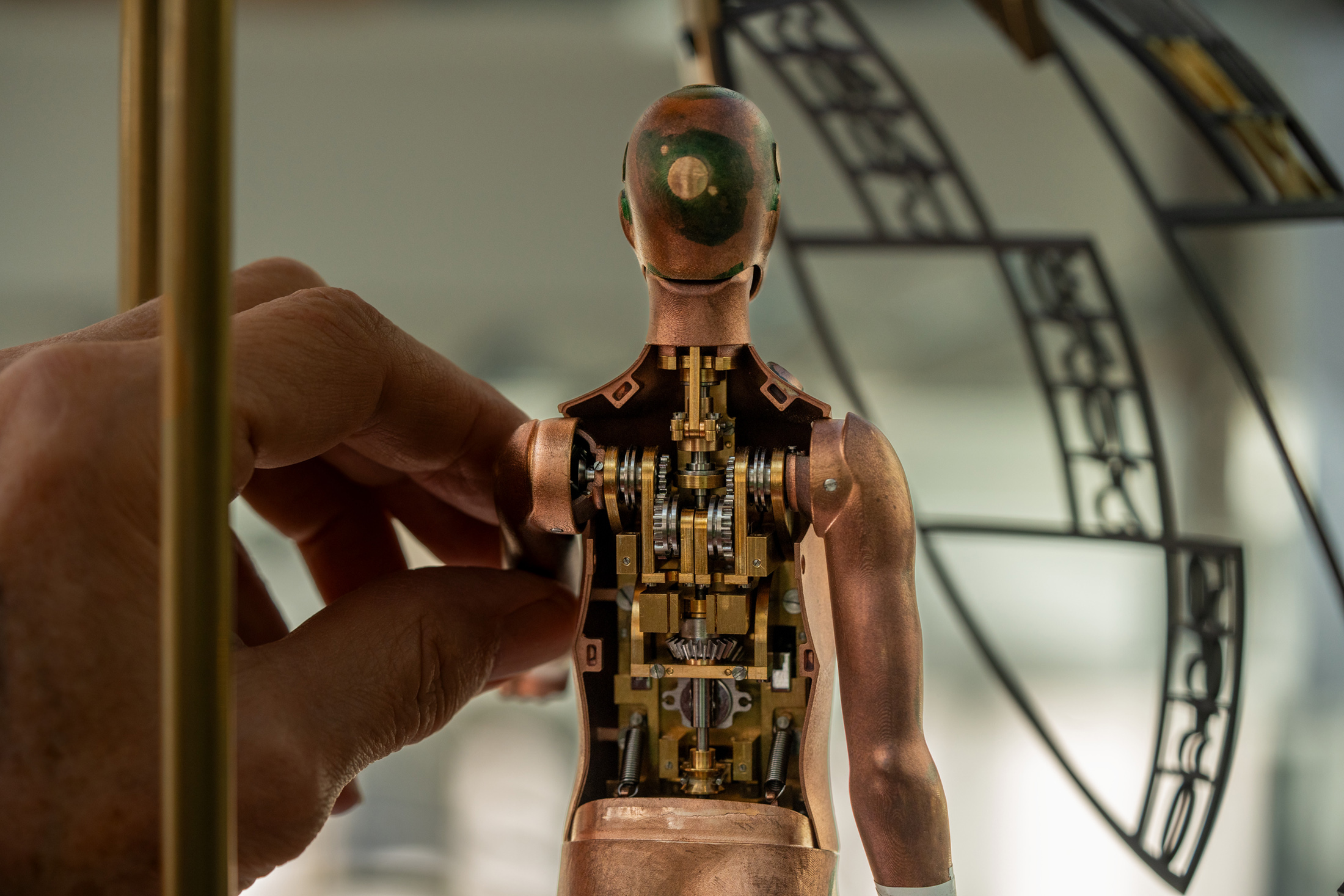
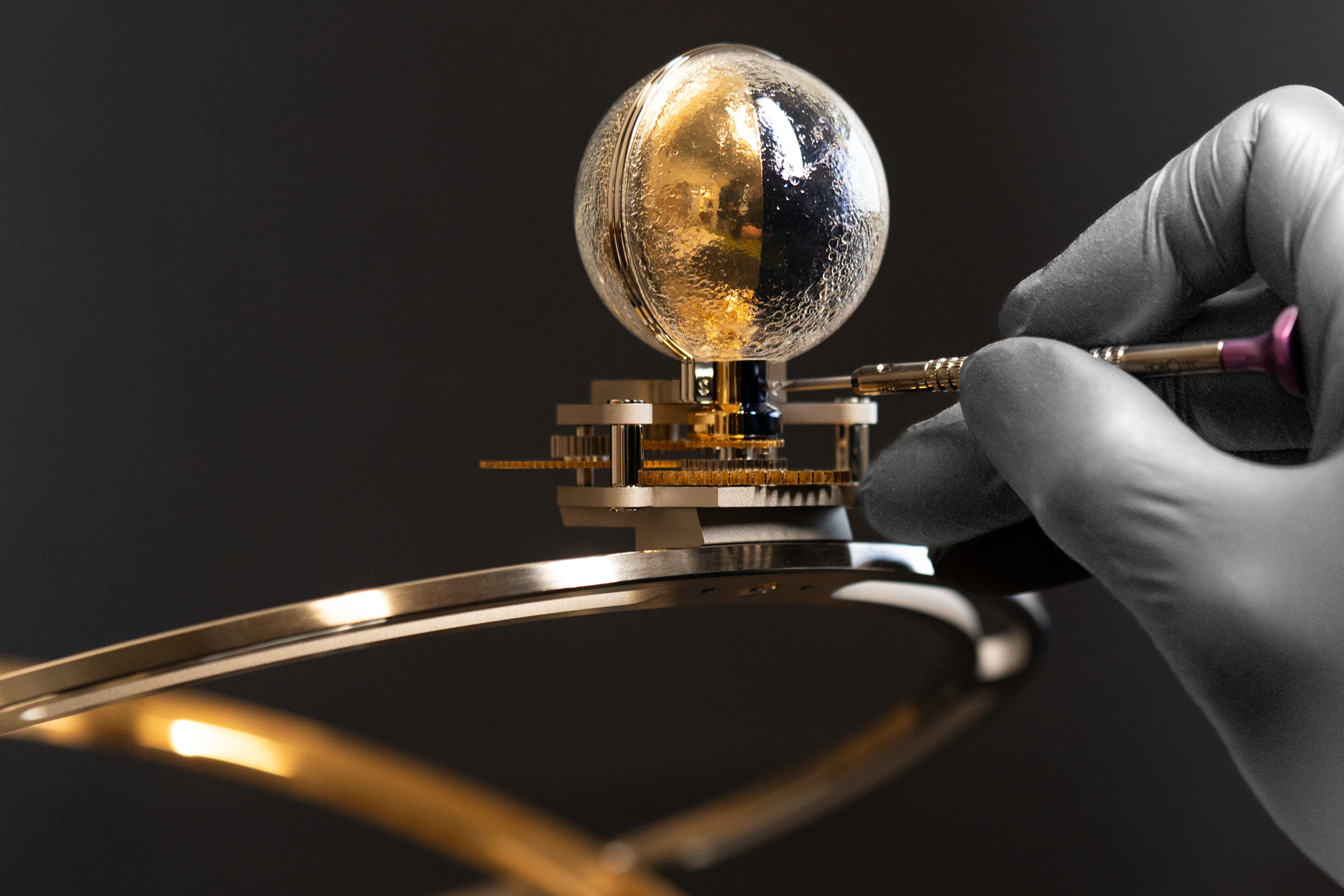
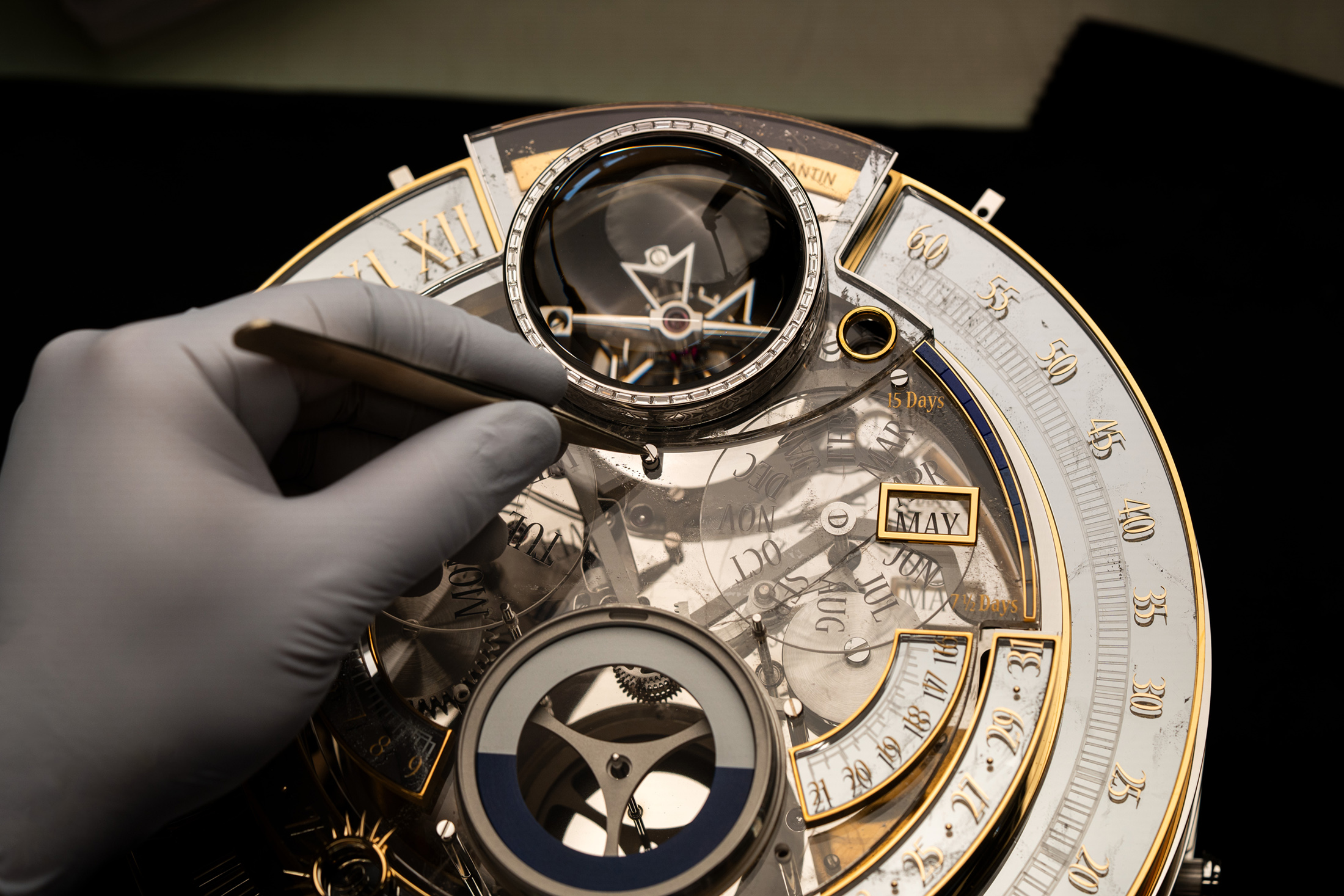
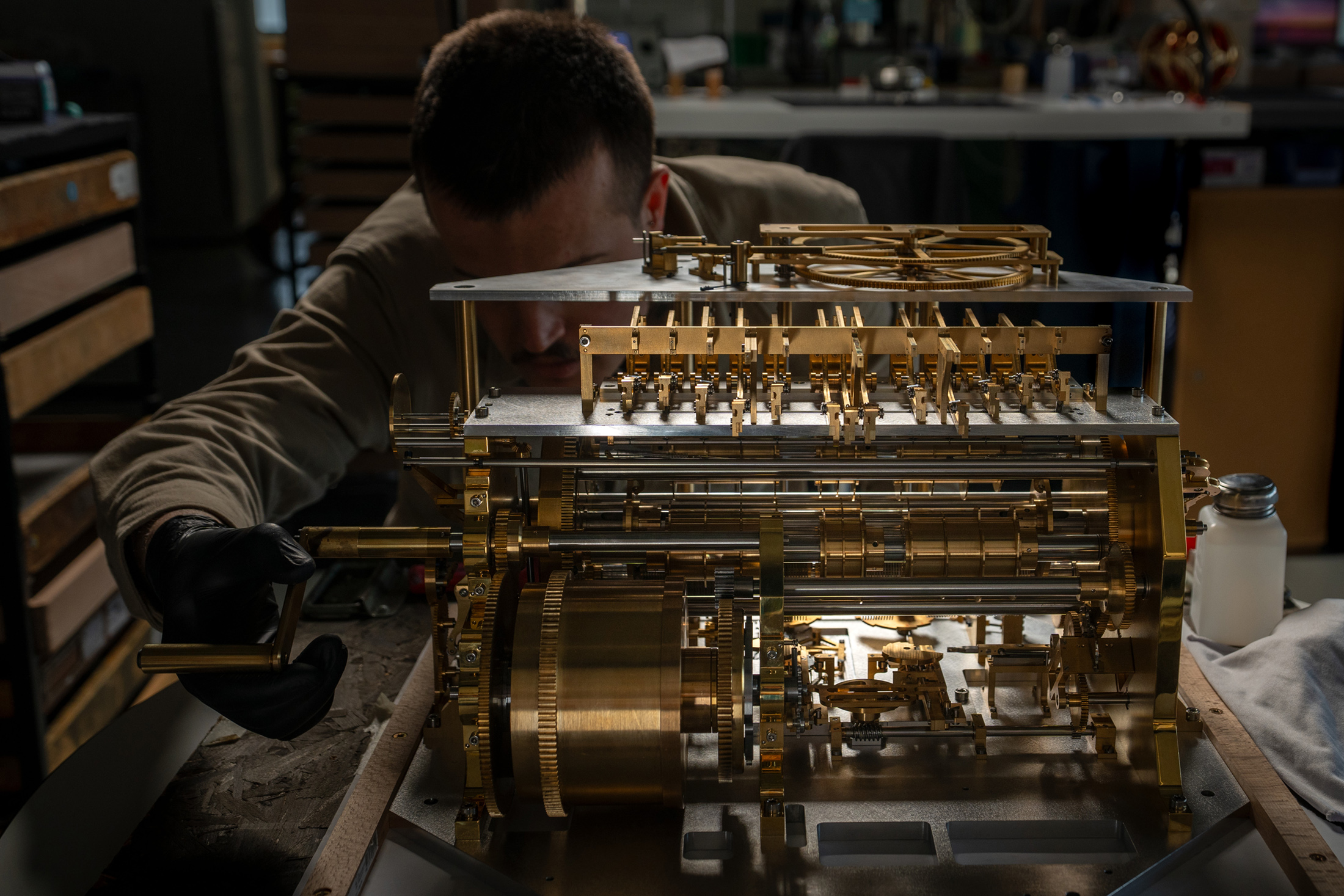
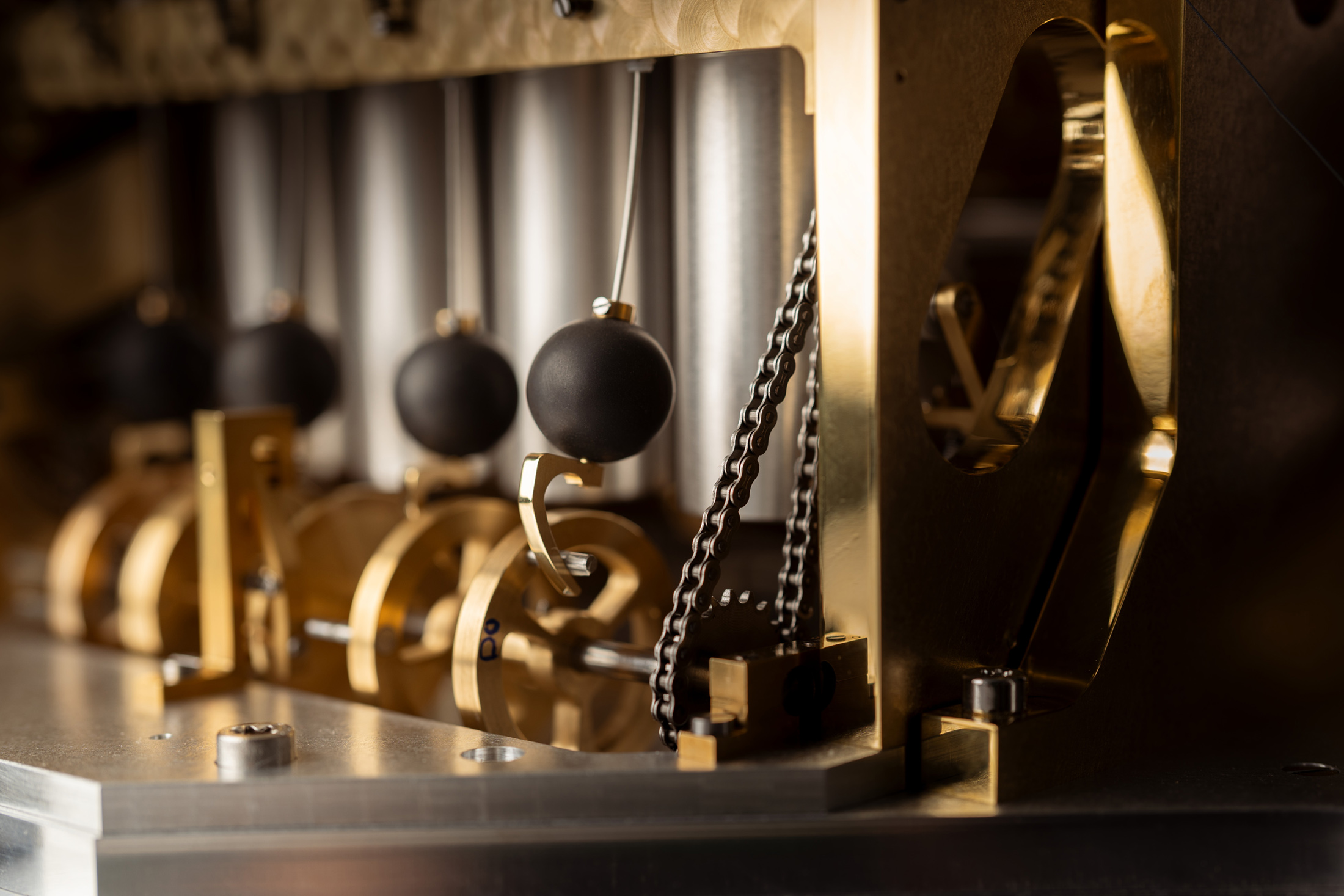
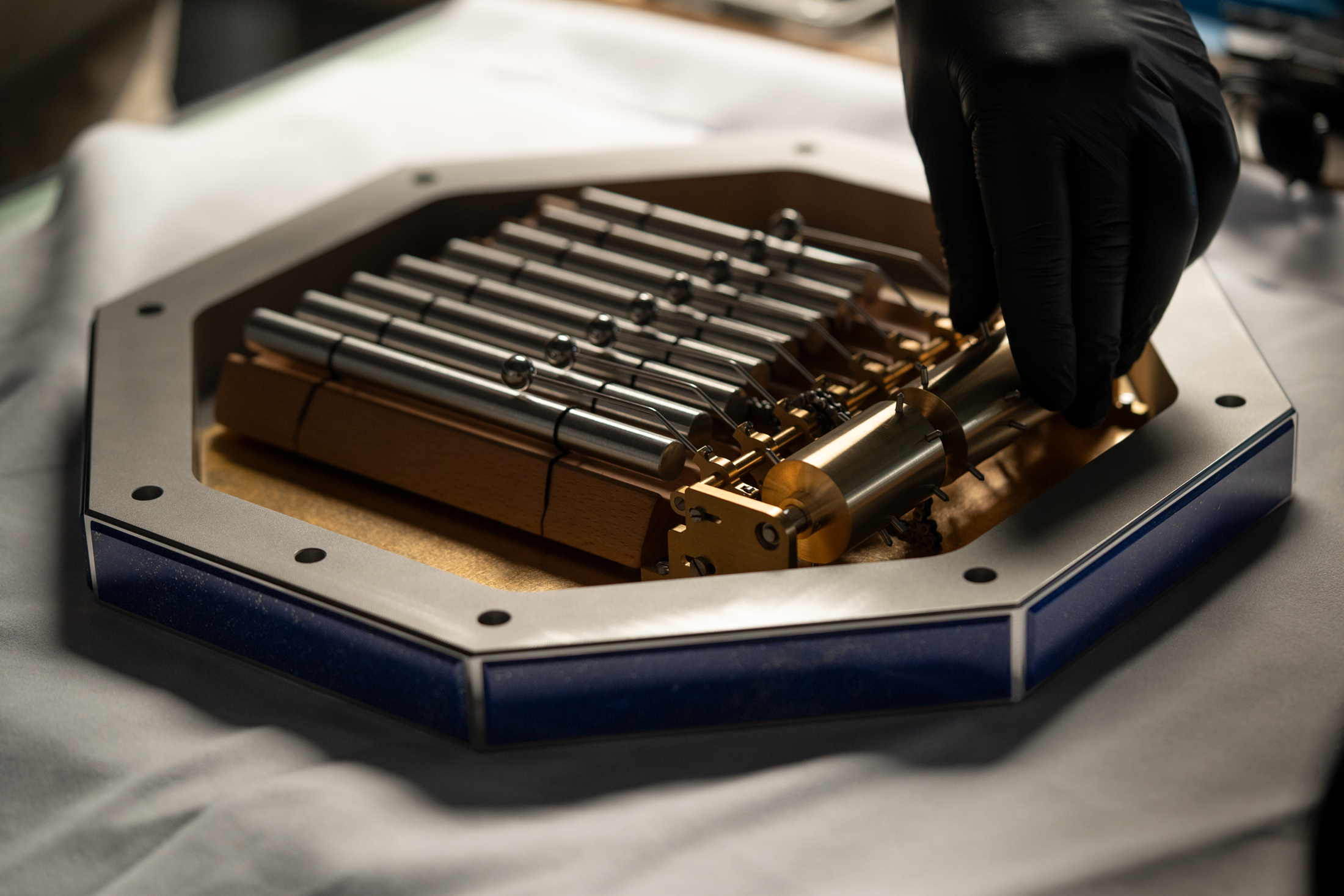
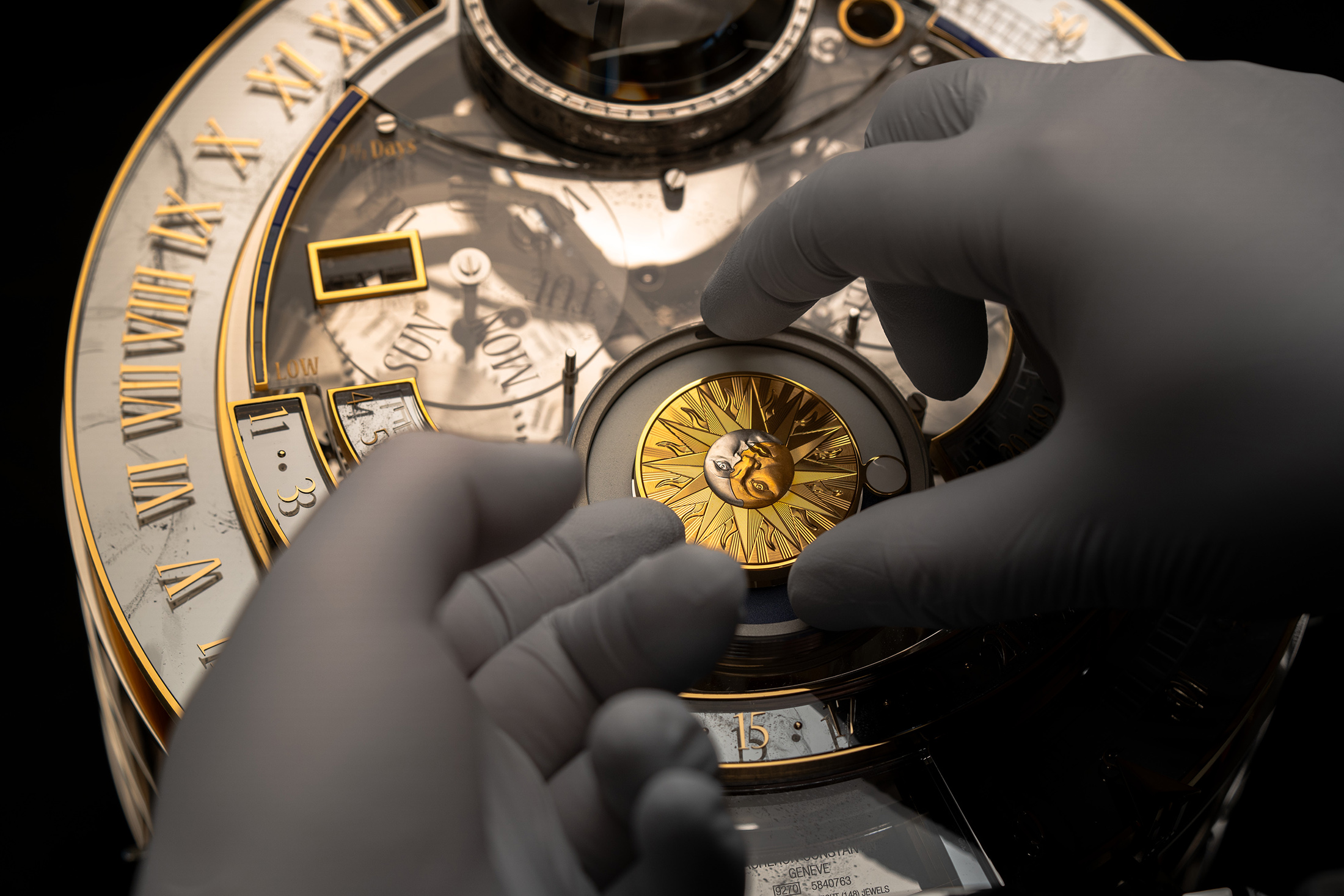
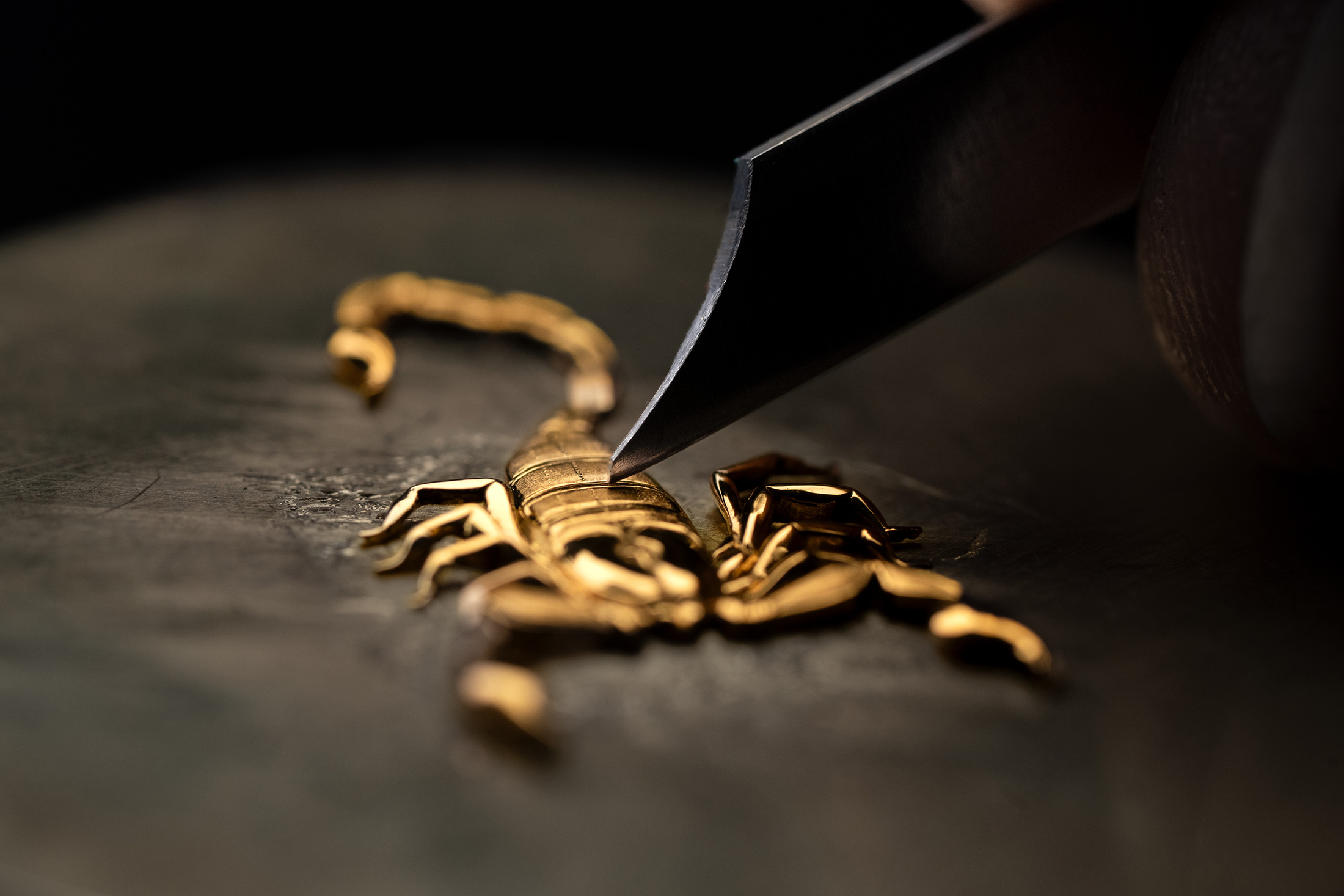
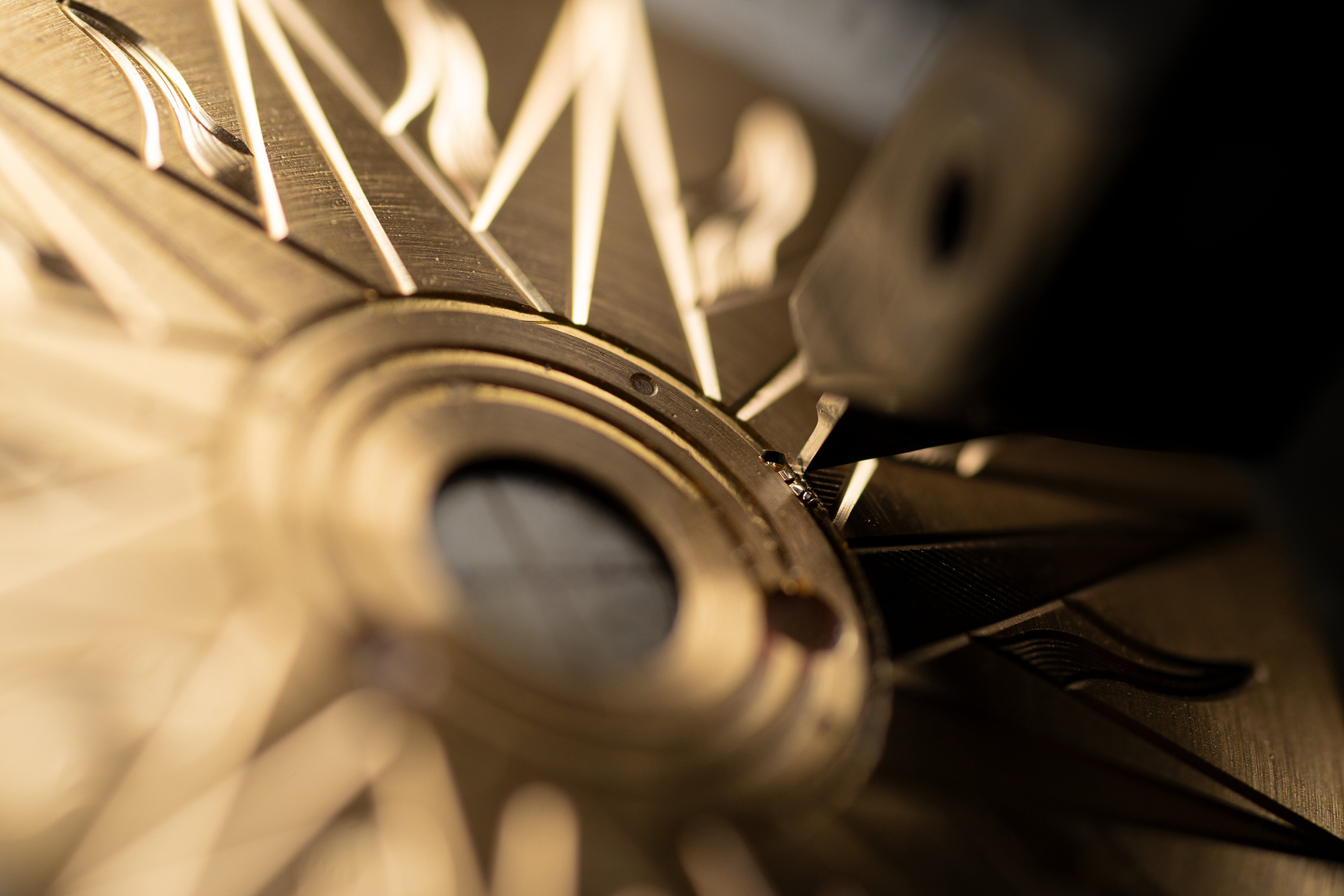
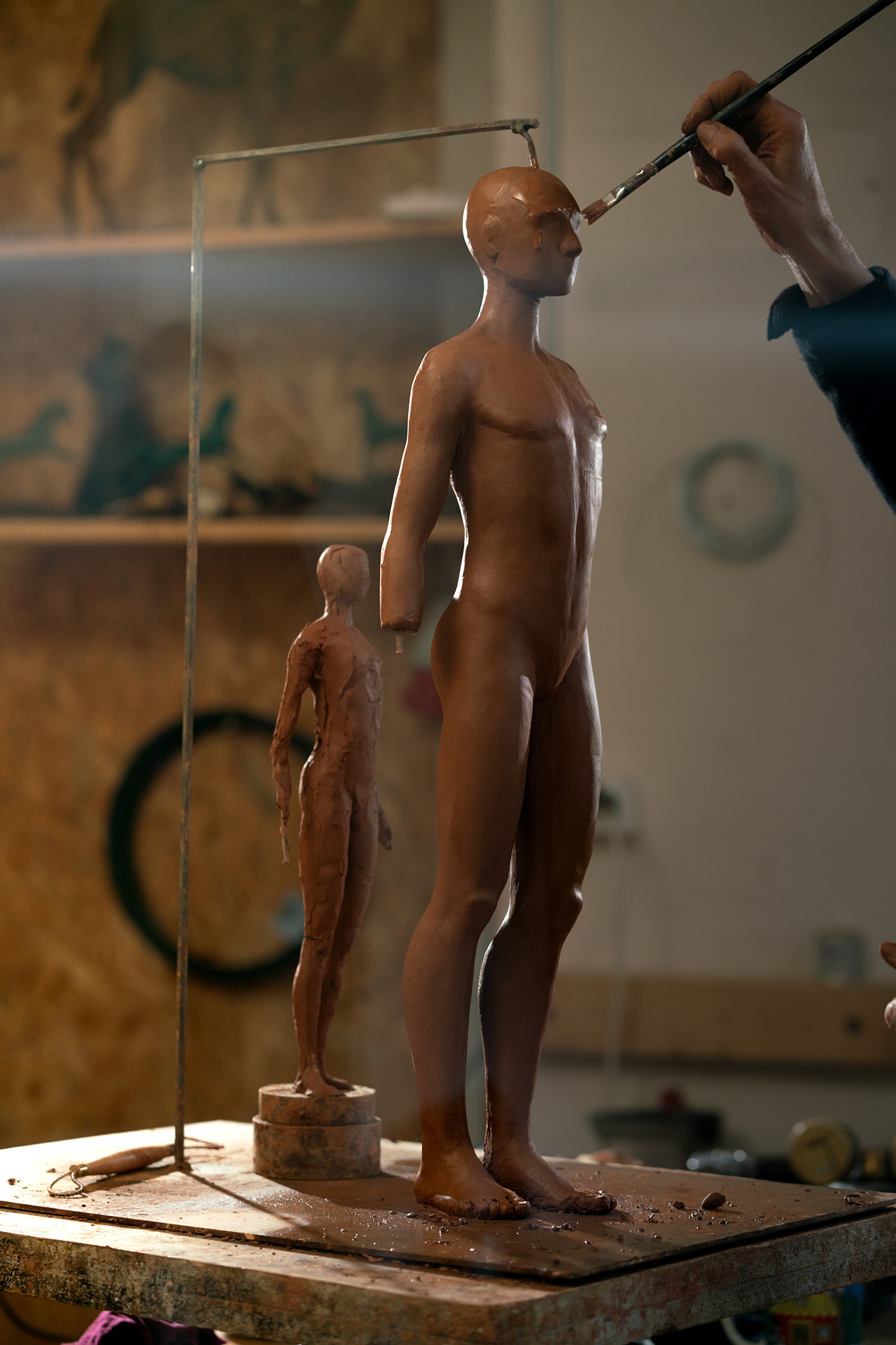
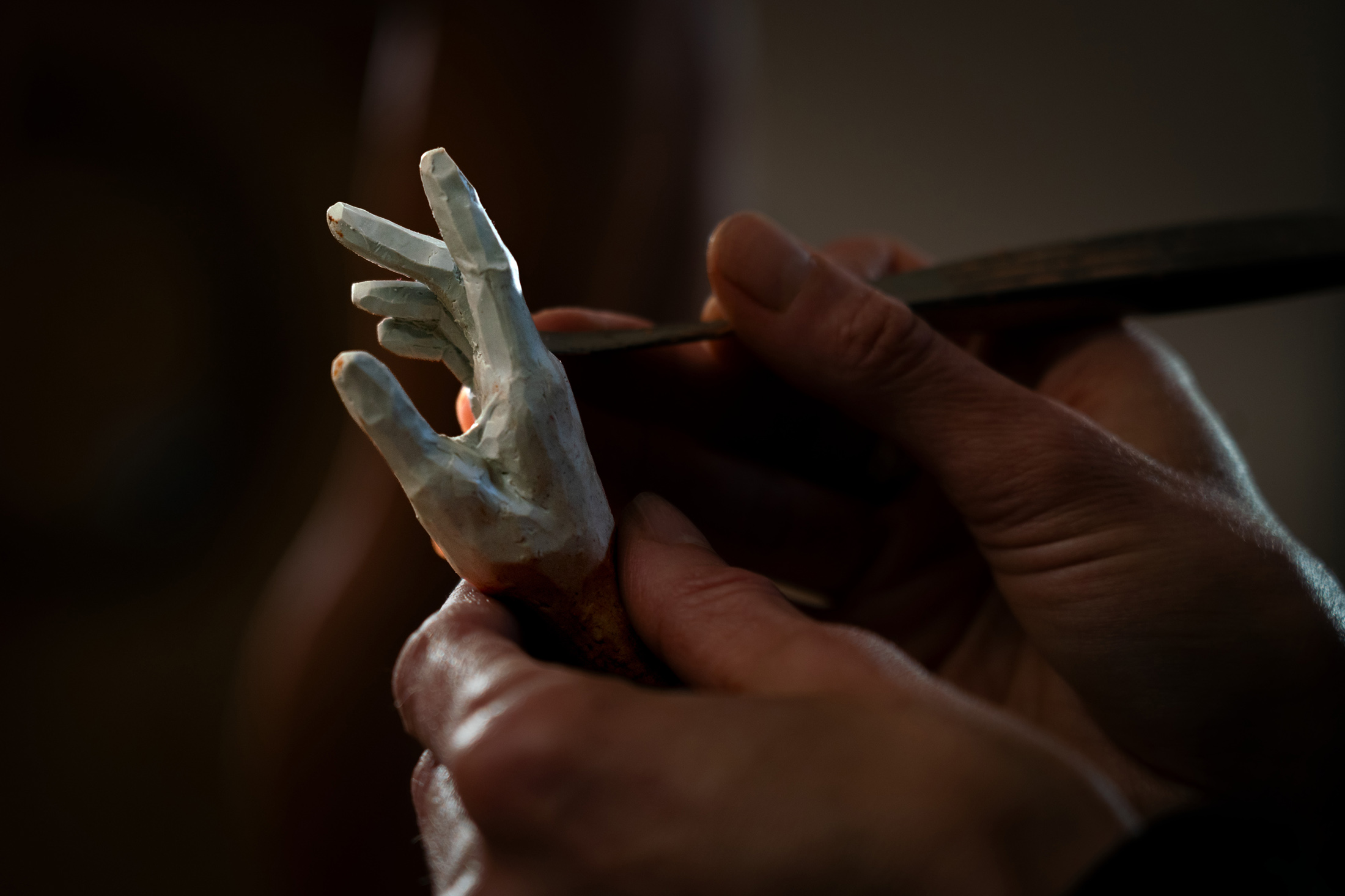
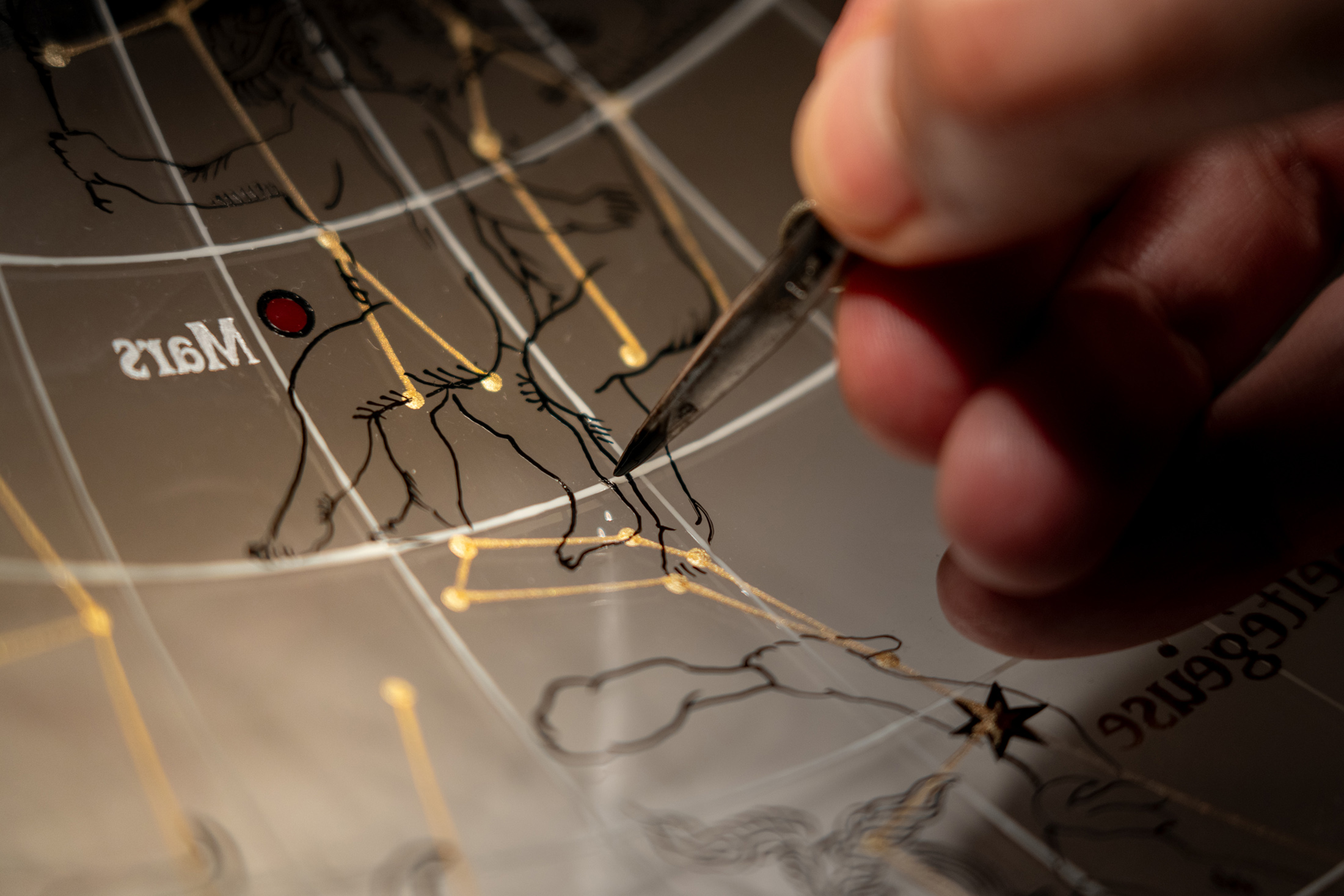
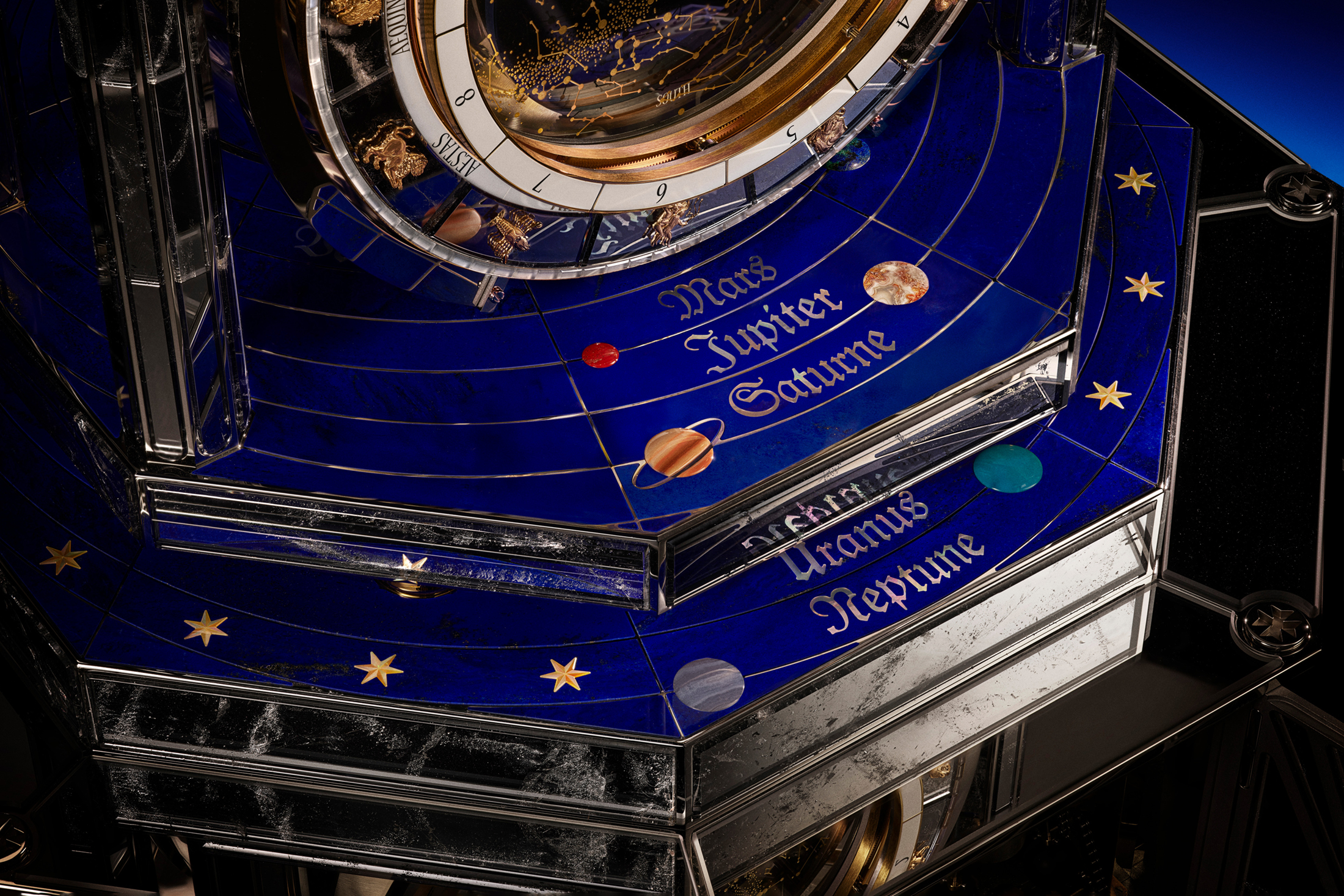
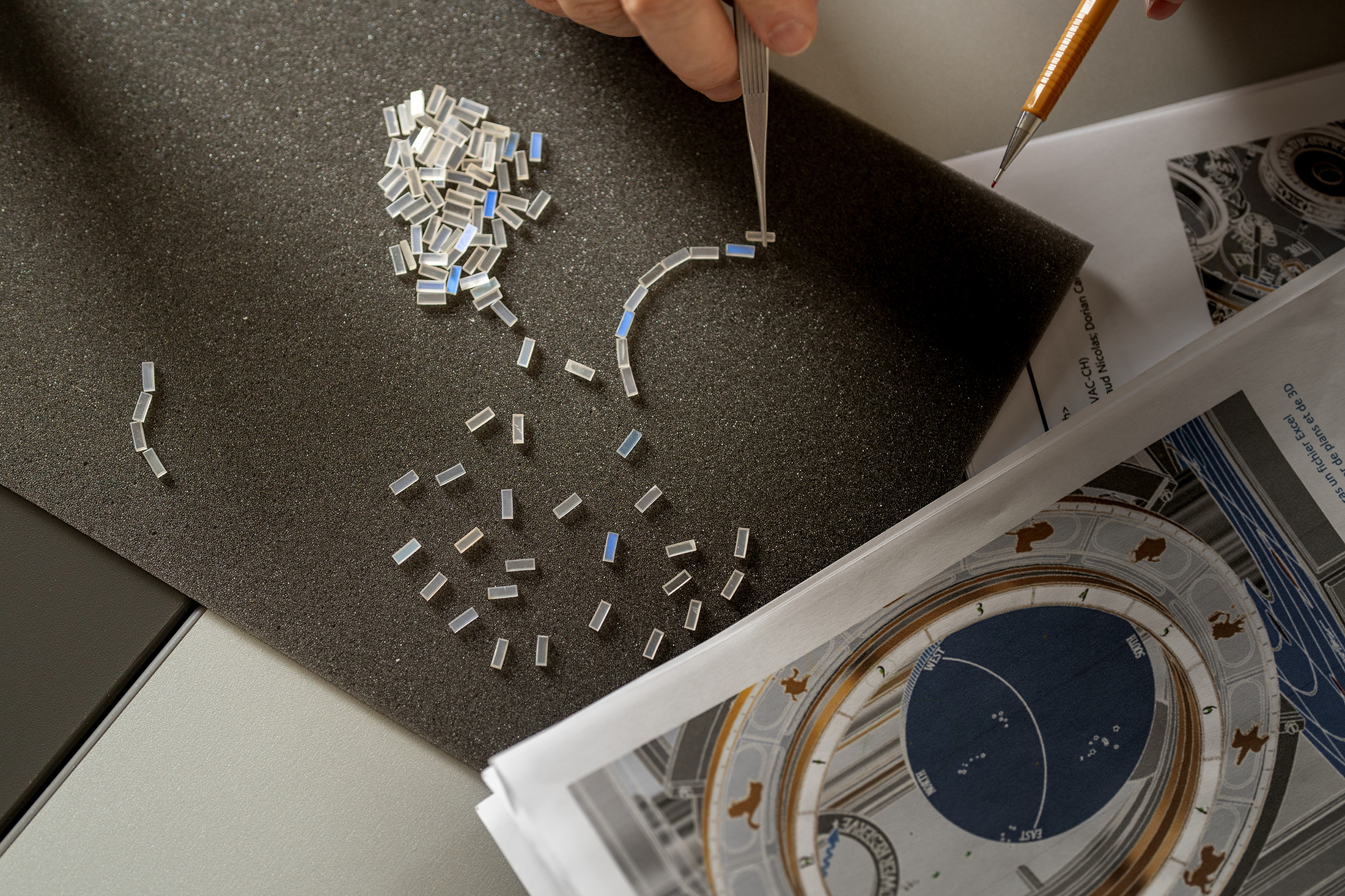
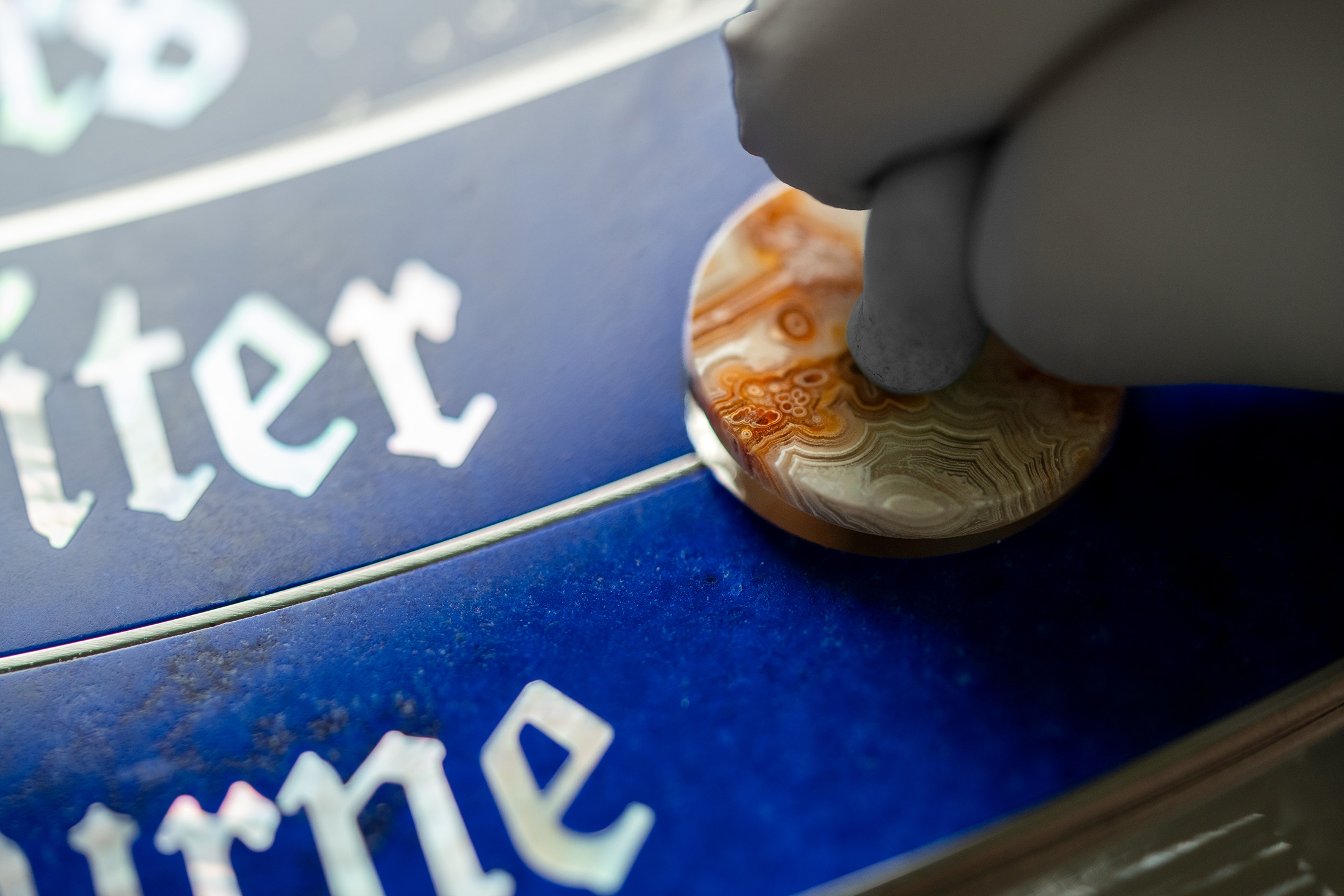
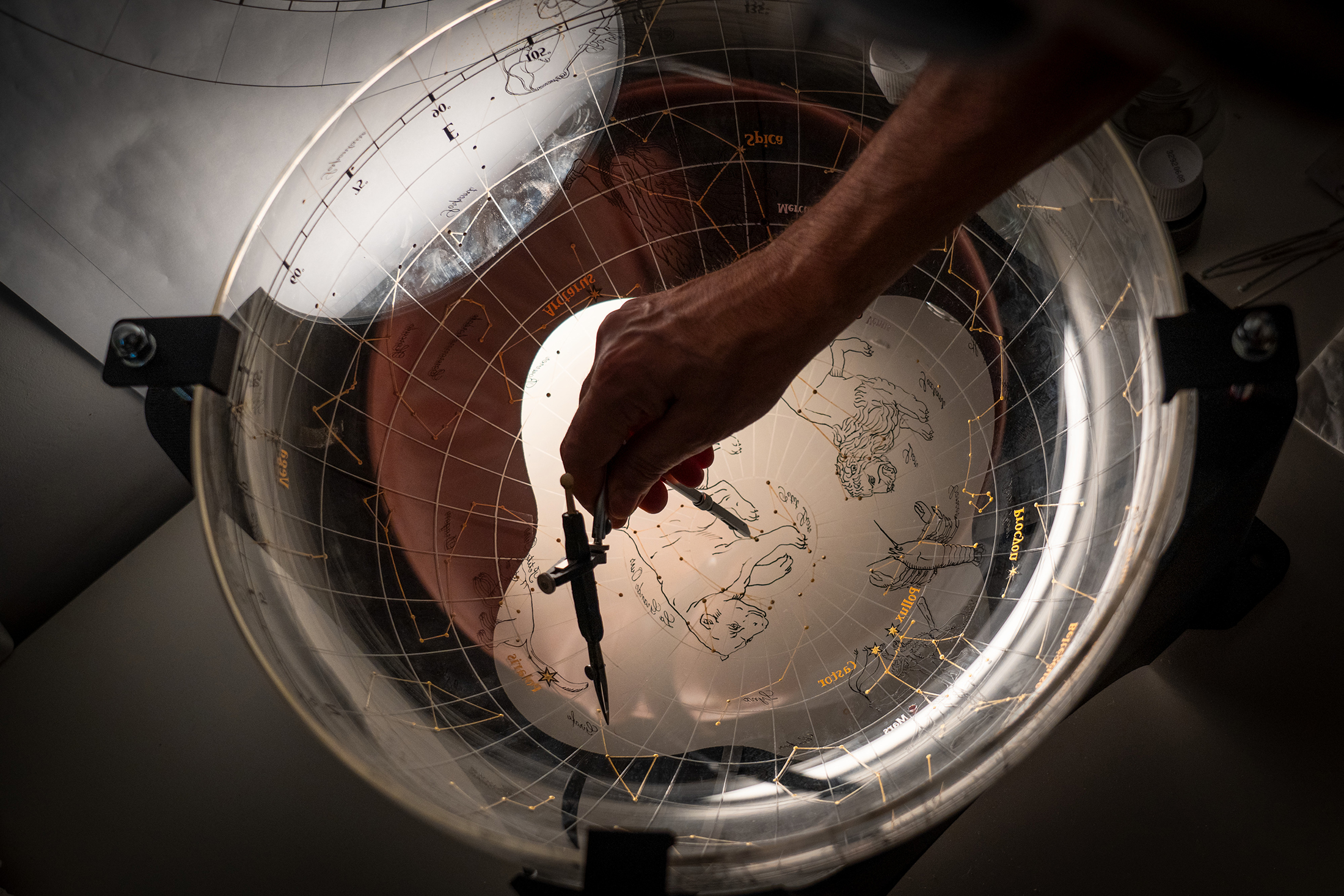
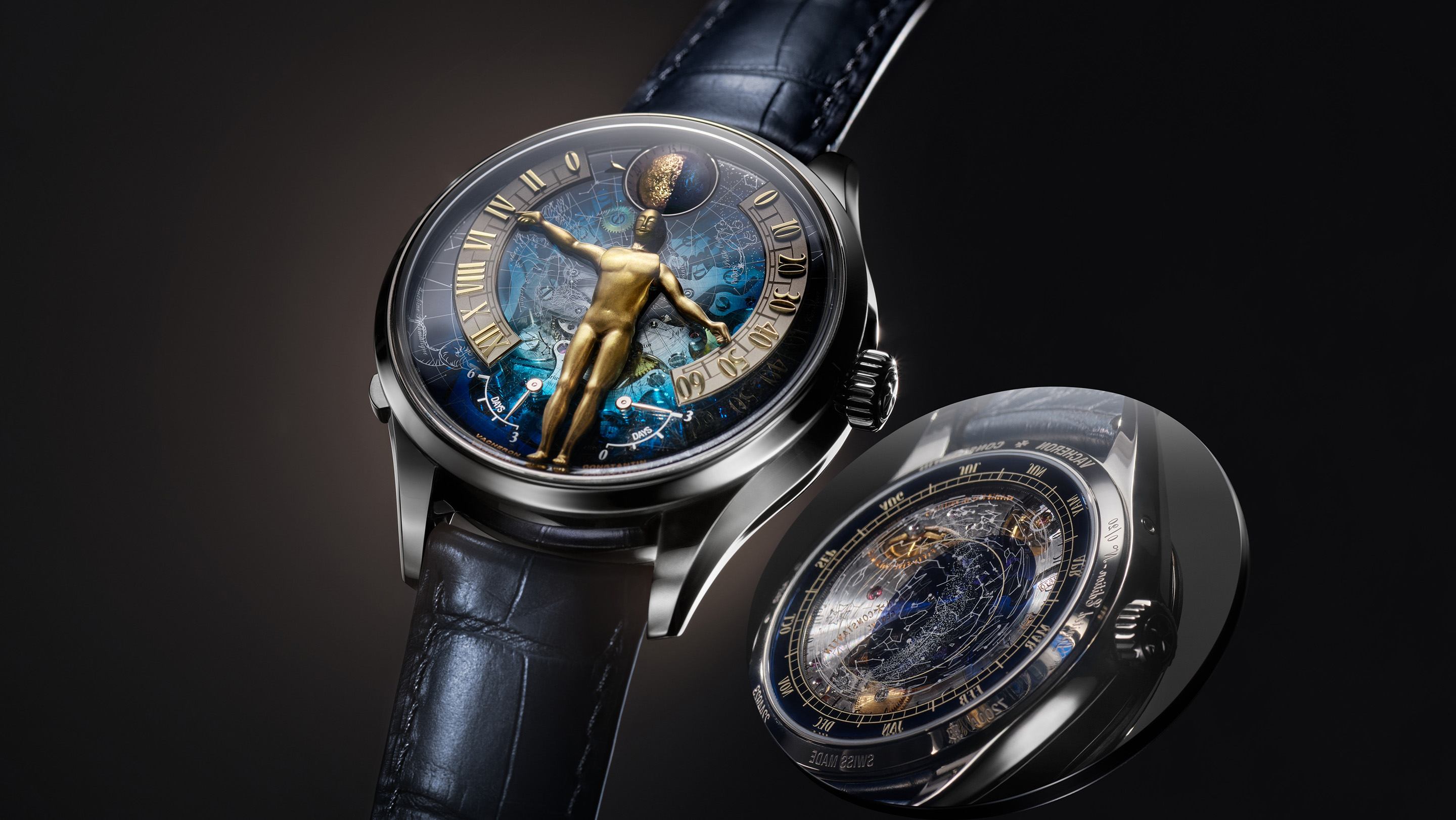

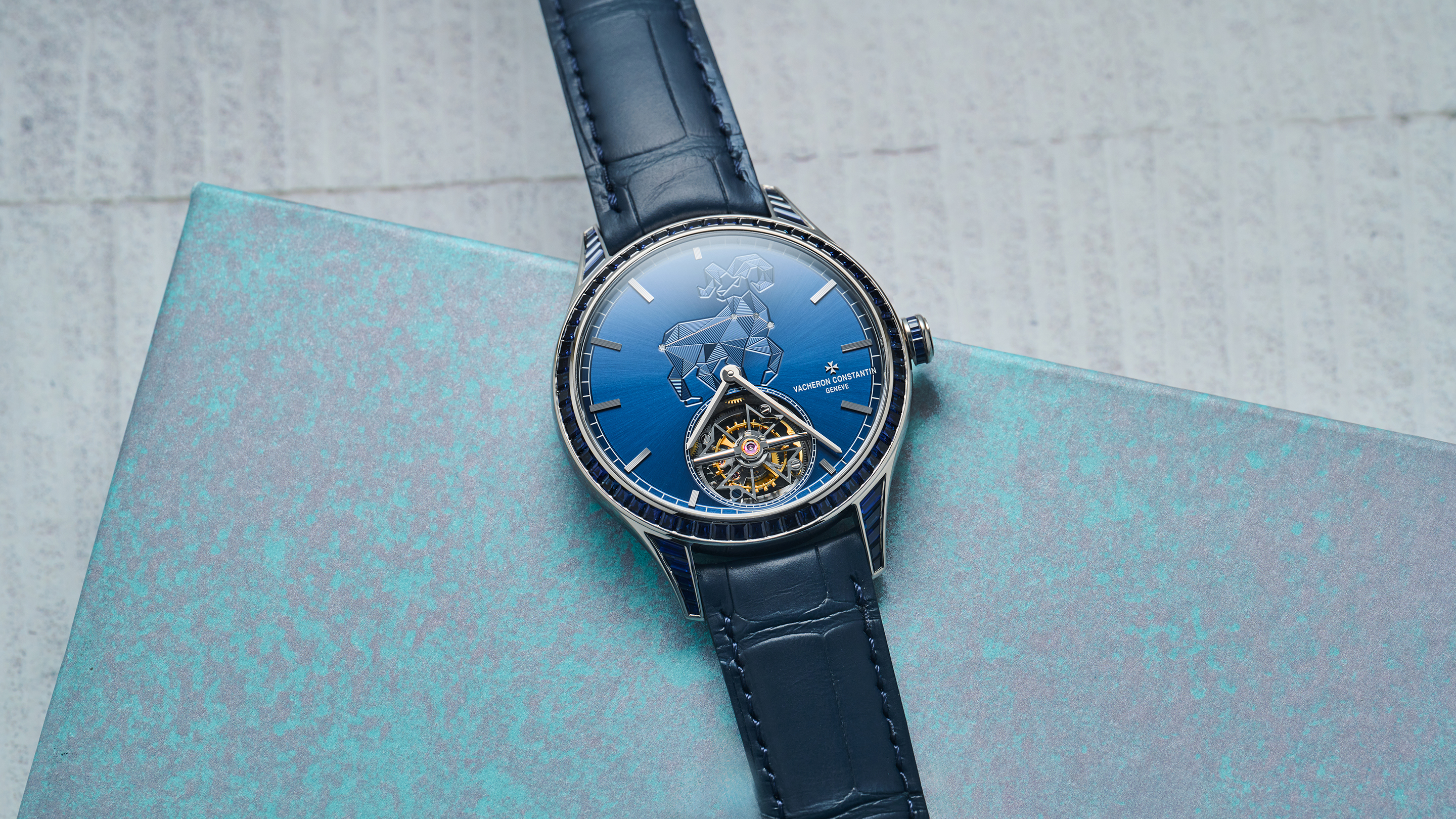


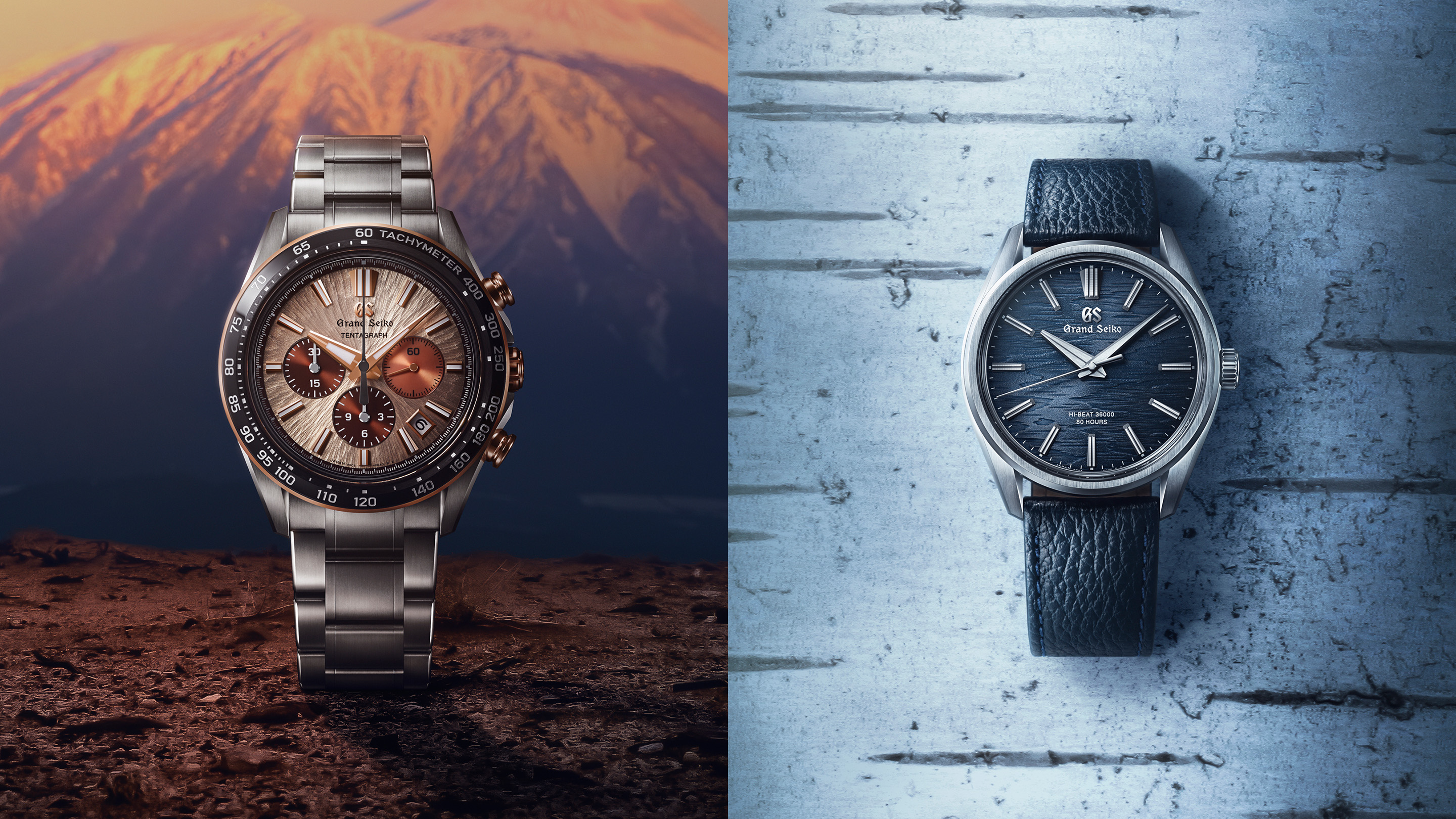
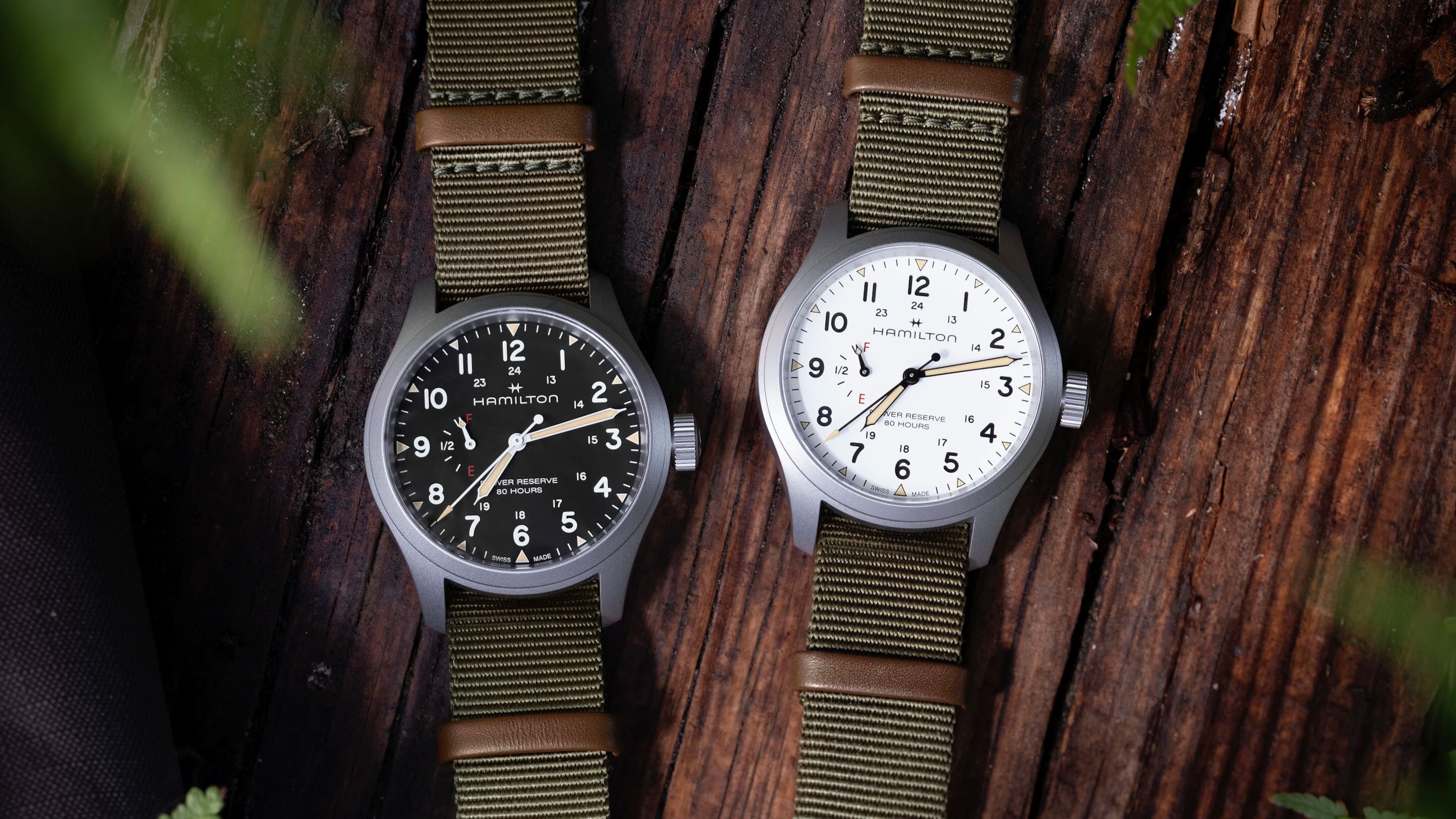
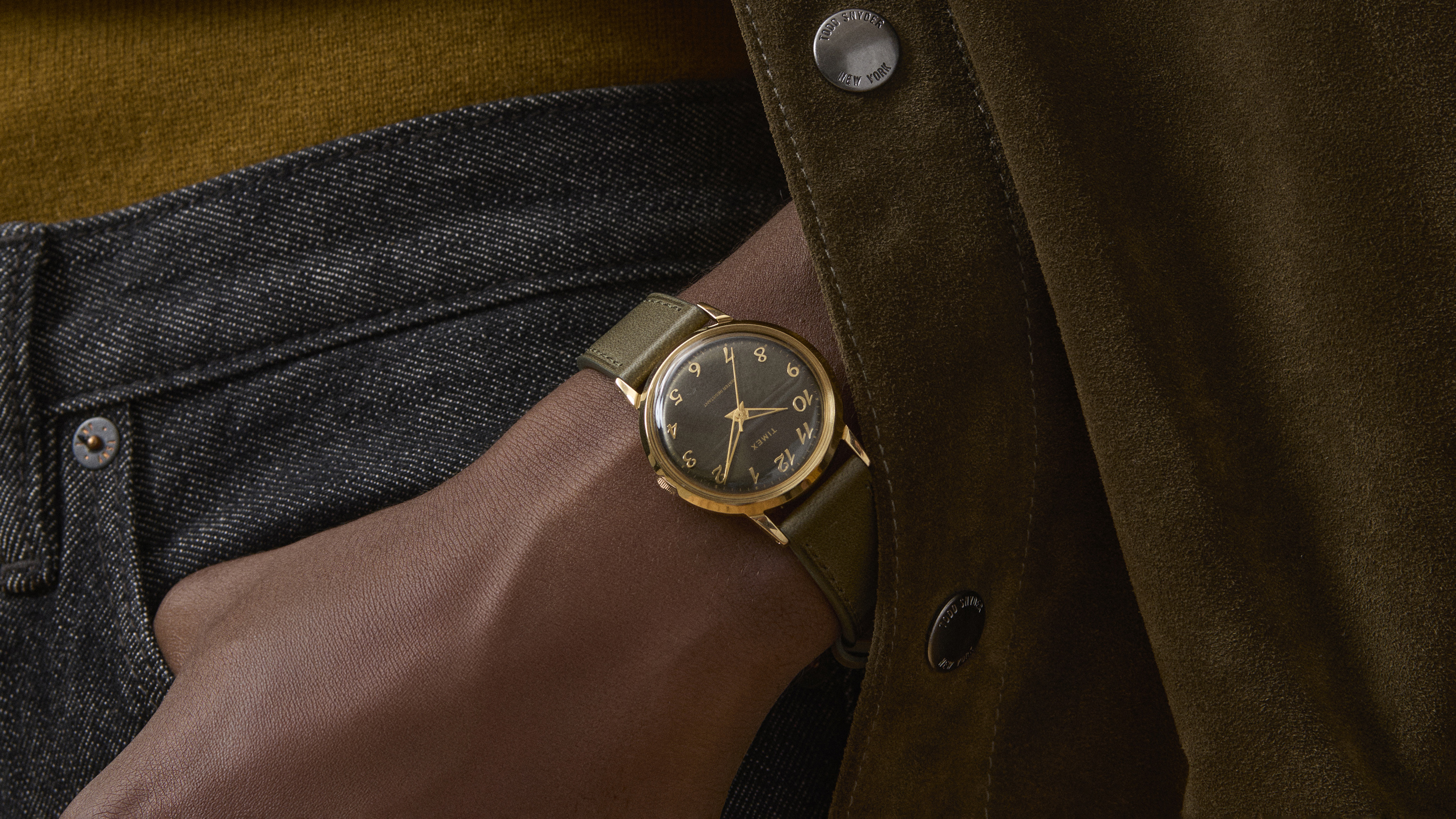
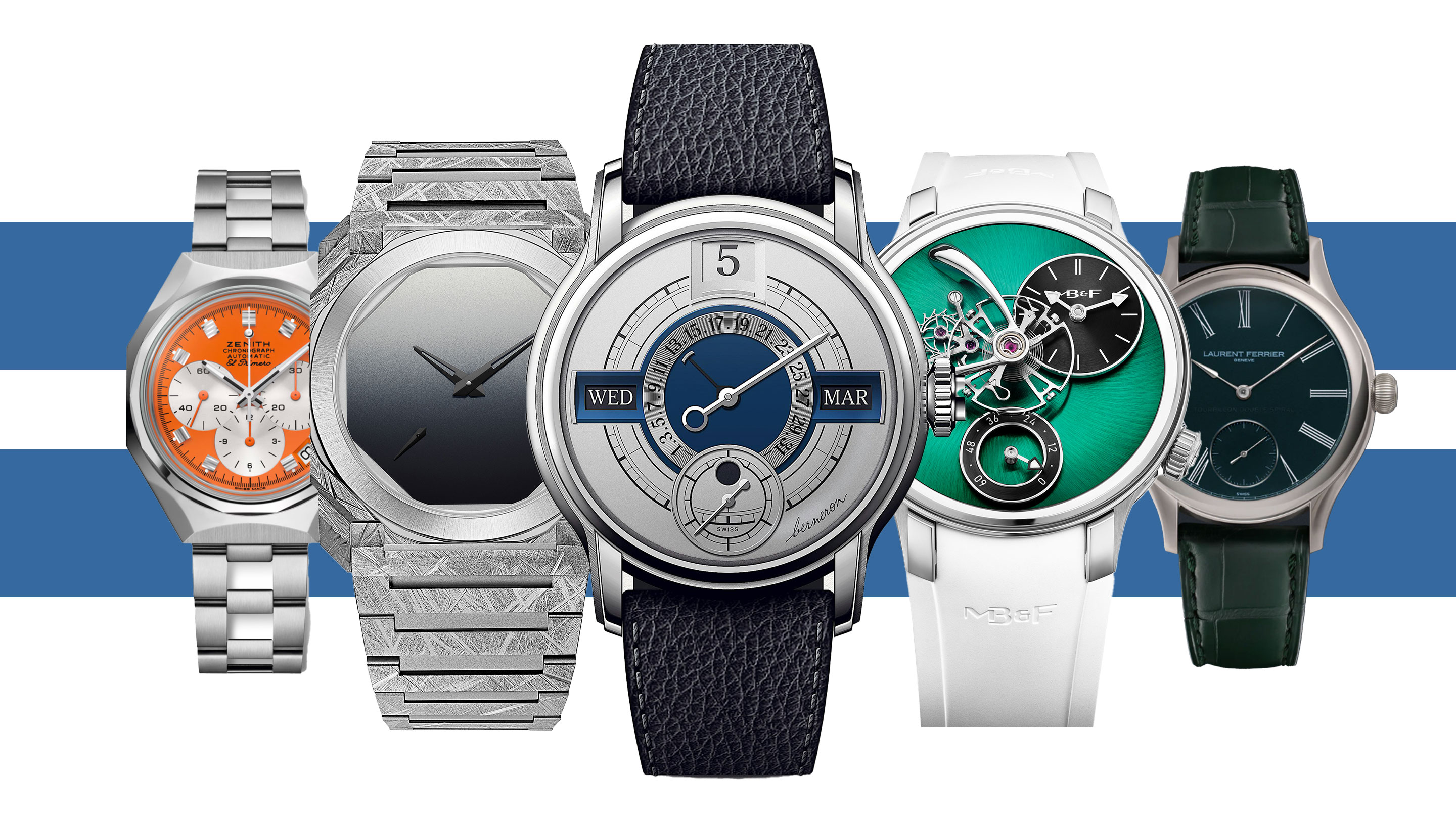
Top Discussions
IntroducingDoxa Sub 300 Carbon Seafoam Limited Edition
IntroducingBaltic's Dive Watch Gets A Facelift With The Aquascaphe MK2
Photo ReportGoodwood Revival 2025